- About us
- Support the Gallery
- Venue hire
- Publications
- Research library
- Organisation chart
- Employment
- Contact us
- Make a booking
- Onsite programs
- Online programs
- School visit information
- Learning resources
- Little Darlings
- Professional learning
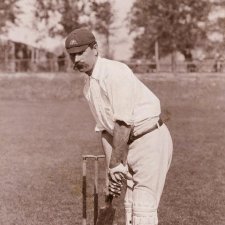
Henry (Harry) Donnan (1864-1956) notched up a total of 94 first class cricket matches between 1887 and 1901.
1 portrait in the collection
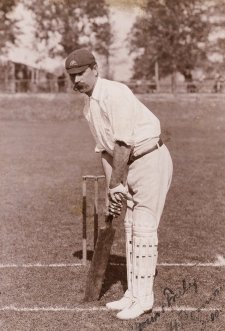

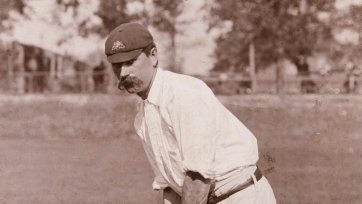
Collection: National Portrait Gallery
Purchased with funds provided by L Gordon Darling AC CMG 2014
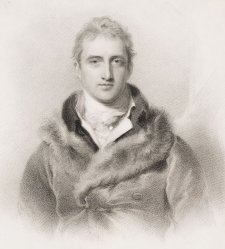

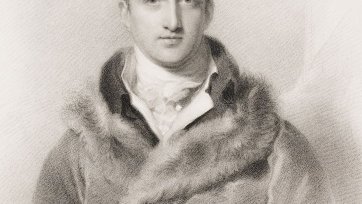
Collection: National Portrait Gallery
Gift of Ted and Gina Gregg 2012
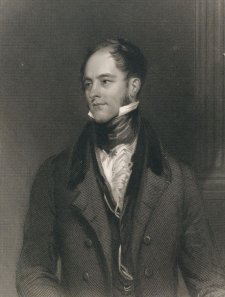

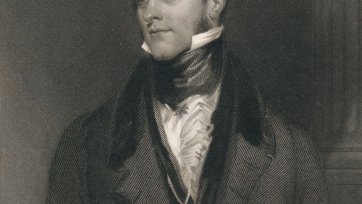
Collection: National Portrait Gallery
Purchased 2015
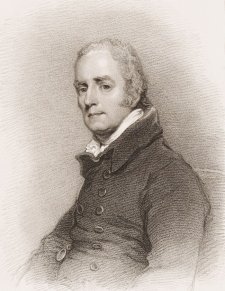

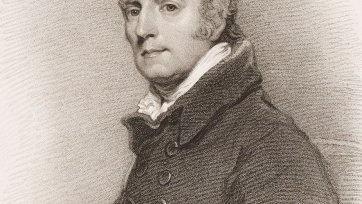
Collection: National Portrait Gallery
Purchased 2012
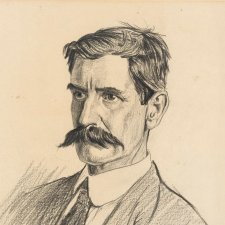
Sarah Engledow ponders the divergent legacies of Messrs Kendall and Lawson.
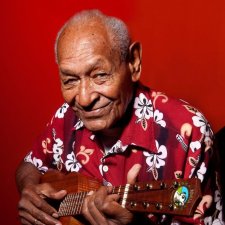
Henry Gibson Dan AM (1929–2020), universally known as Seaman Dan, was a Torres Strait Islander singer/songwriter who grew up on Thursday Island.
1 portrait in the collection
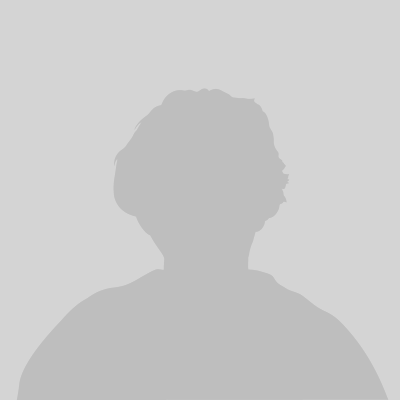
Henry Weigall Junior (1829-1925) was the son of sculptor, cameo engraver and medallist Henry Weigall (1800-1883).
1 portrait in the collection
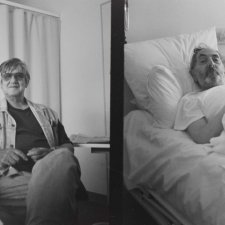
Henry Fox Talbot (1920-1999), photographer, was born Henry Tichauer. The son of a middle-class Jewish family, he changed his name after fleeing Germany and being 'volunteered' out of England on the Dunera.
2 portraits in the collection
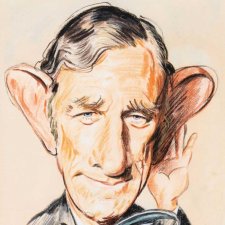
Henry Bosch AO is the former Chairman of the National Companies and Securities Commission and was Chairman of the Working Group on Corporate Practices and Conduct.
1 portrait in the collection
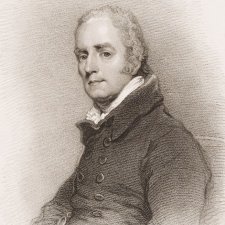
Henry Bathurst, Third Earl Bathurst KG PC (1762-1834) was a lord of the Admiralty from 1783 to 1789; a lord of the Treasury from 1789 to 1791; and commissioner of the Board of Control from 1793 to 1802.
1 portrait in the collection

English lithographer and watercolourist Henry Heath Glover (c. 1810-1858) emigrated to South Australia in 1848 with his two sons - one of whom, Henry Heath Glover Junior (1828-1904) was also an illustrator and printmaker.
1 portrait in the collection
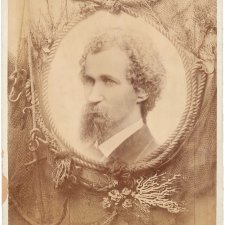
Henry (Thomas Henry) Kendall (1839-1882) was once regarded as the finest poet Australia had produced.
1 portrait in the collection

Henry Room, painter, grew up in Birmingham, connected with a prominent evangelical family.
2 portraits in the collection
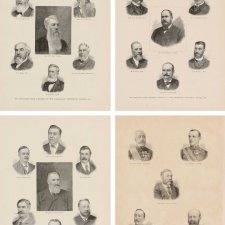
Sir Henry Norman was Governor Queensland at the Constitutional Convention, Sydney, 1891.
1 portrait in the collection
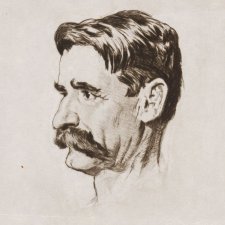
Henry Lawson (1867-1922), one of Australia's defining authors, is best known for his short stories and ballads depicting the hardship of bush life.
6 portraits in the collection

Henry Hoppner Meyer, thought to be the son of an engraver, was a nephew of the painter John Hoppner.
2 portraits in the collection
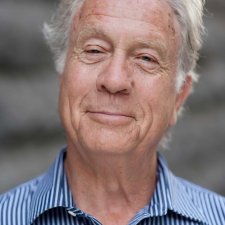
Henry Reynolds (b. 1938), historian, studied at the University of Tasmania before taking up a lectureship at Townsville University College (later James Cook University) in 1965.
1 portrait in the collection
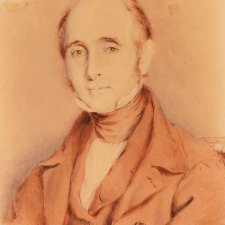
Henry Hopkins (1787–1870), merchant and philanthropist, opened his first shop on Elizabeth Street in Hobart soon after arriving in the colony in September 1822.
1 portrait in the collection

Artist Henry Mundy arrived in Van Diemen’s Land in 1831 and took up a position as teacher of drawing, French and music at Ellinthorp Hall, a school near Ross established ‘with a view to the improvement of Young Ladies’.
4 portraits in the collection
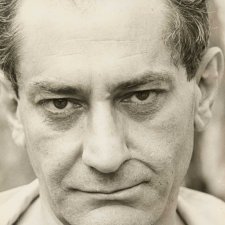
Henry Mayer (1919-1991) was Professor of Government at Sydney University from the 1960s to 1980s.
2 portraits in the collection

Henry 'Harry' Crock AO (1929-2018), surgeon and educator, attended school and university in Perth and studied further in Melbourne, where he won the Rector's Medal for Debating at Newman College as well as academic honours including the Gold Medal for Anatomy and the Ryan Scholarship and Medal in Medicine and Surgery.
1 portrait in the collection
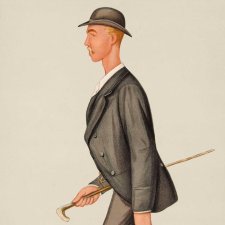
Henry Searle (1886–1889), a sculler known as the ‘Clarence River Comet’, took up rowing as a boy as a means of getting himself and his siblings to and from school.
1 portrait in the collection
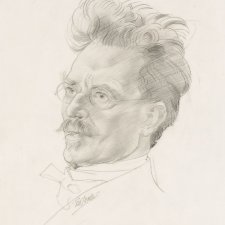
Albert Henry Fullwood (1863-1930), artist, trained in art in his native Birmingham before moving to Sydney in 1883, aged 20.
1 portrait in the collection
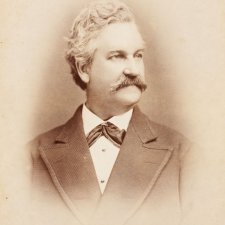
Henry (Harry) Edwards (1827–1891), actor and entomologist, arrived in Melbourne in 1853 after a short-lived attempt at studying for a career in law.
1 portrait in the collection
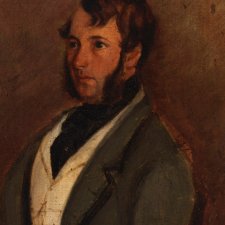
Henry Wade (1810–1854), surveyor, was trained in surveying at Dublin College before being employed as a civilian assistant by the Royal Engineers Corps.
1 portrait in the collection
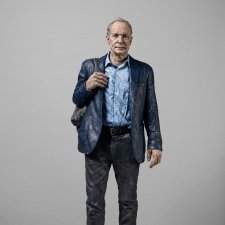
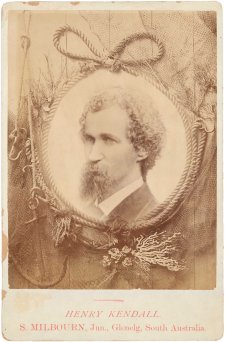

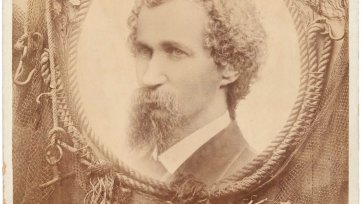
Collection: National Portrait Gallery
Purchased 2008
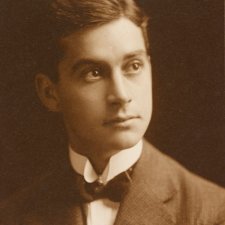
Jules Henry Roy Rousel (1897-1985) studied at the Royal Art Society School from 1912 to 1918 and the Slade School and RAS in London from 1935-1938.
2 portraits in the collection
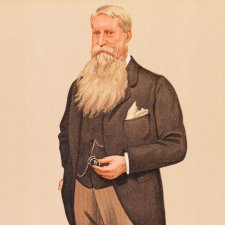
Henry Brougham Loch (1827-1900), governor, served in the British military and was involved in campaigns in India and the Crimea and missions to China.
1 portrait in the collection
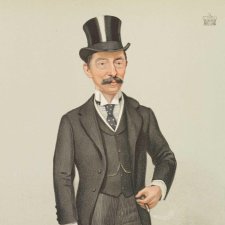
Henry Stafford Northcote, Baron Northcote of Exeter (1846-1911), governor general, was educated at Eton and Oxford and joined the Foreign Office in his early twenties.
1 portrait in the collection

Henry Sadd was born in London and exhibited engravings there before emigrating to the USA some time around 1840.
8 portraits in the collection
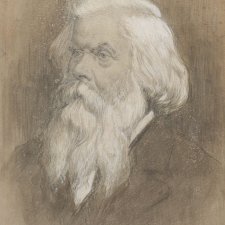
The Hon Sir Henry Parkes GCMG (1815-1896) was five times premier of New South Wales between 1872 and 1891, and a consistent advocate for union of the colonies (Federation).
4 portraits in the collection
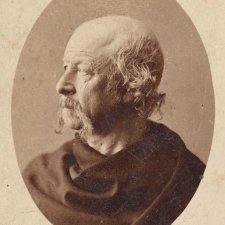
Poet Richard Henry Horne (1802–1884) arrived in Melbourne in 1852 hoping to make money on the goldfields but ended up instead in a variety of less remunerative prospects.
1 portrait in the collection
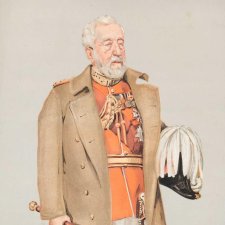
Sir Henry Wylie Norman (1826–1904), governor and army officer, was born in London, the son of a merchant who conducted his business chiefly in India and the Caribbean.
1 portrait in the collection
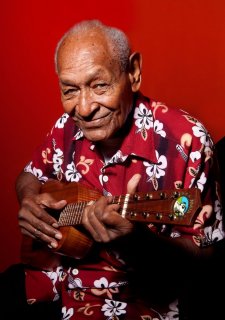

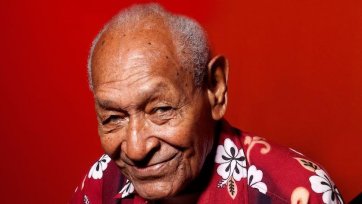
Purchased 2010

Sir Henry Barkly GCMG KCB (1815-1898) started his career in business and politics before serving terms as governor of British Guiana and then Jamaica.
4 portraits in the collection
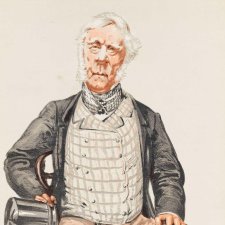
Henry John Rous (1795–1877), naval officer, racing enthusiast and politician, arrived in Sydney in February 1827 as the commander of the frigate HMS Rainbow.
1 portrait in the collection
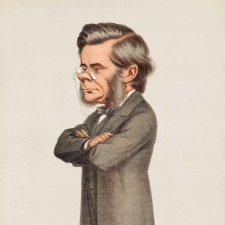
Thomas Henry Huxley (1825–1895) travelled to Australia as a member of the expedition conducted by Owen Stanley on the Rattlesnake between 1846 and 1850.
2 portraits in the collection
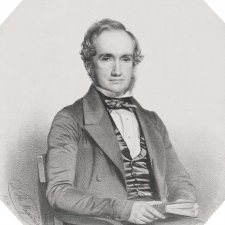
William Henry Harvey (1811-1866), botanist, formed a boyhood passion for natural history which was encouraged at Ballitore School, County Kildare.
1 portrait in the collection
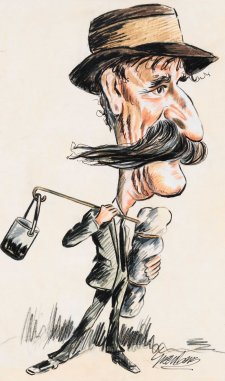


Collection: National Portrait Gallery
Gift of the artist 2001
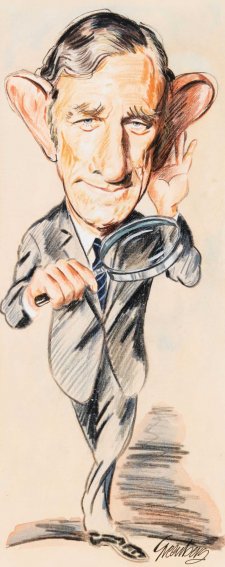

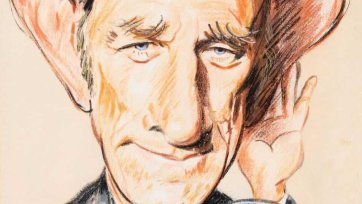
Collection: National Portrait Gallery
Gift of the artist 2001
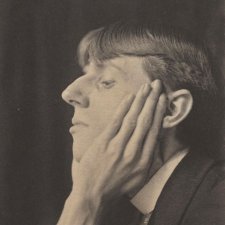
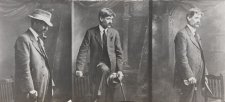

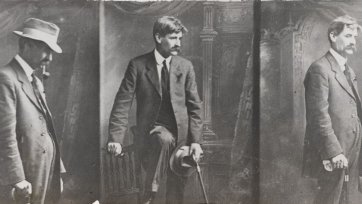
Collection: National Portrait Gallery
Purchased 2012
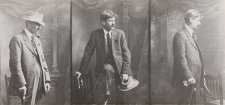

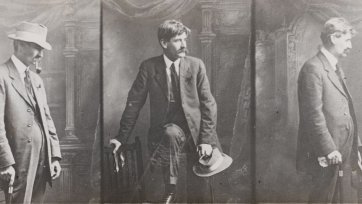
Collection: National Portrait Gallery
Purchased 2012
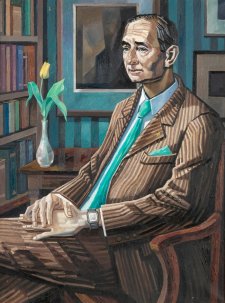

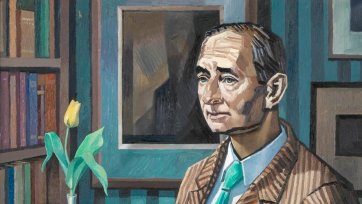
Collection: National Portrait Gallery
Gift of Henry Vernon Crock AO in memory of David Smith 2007
Donated through the Australian Government's Cultural Gifts Program
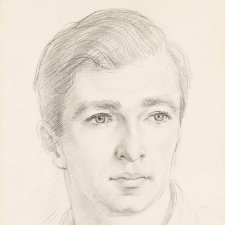
Henry Baynton Somer ‘Jo’ Gullett AM MC (1914-1999), soldier, politician, ambassador, farmer and author, was the son of Sir Henry Gullett, who was one of the Australian official historians of the First World War.
1 portrait in the collection
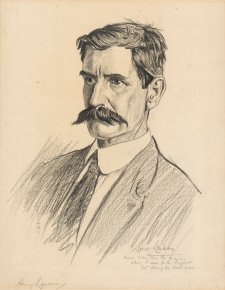

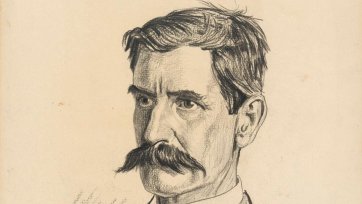
Purchased 2010
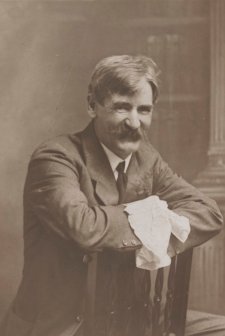

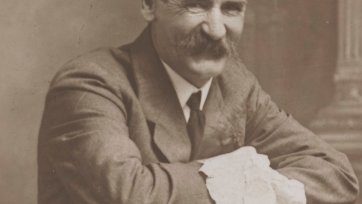
Purchased 2009
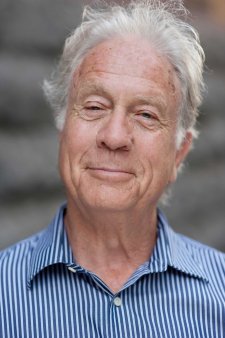

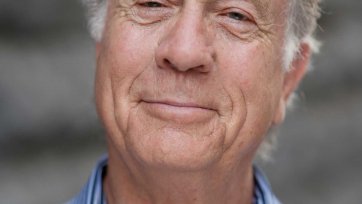
Collection: National Portrait Gallery
Purchased 2012
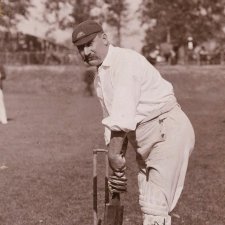
George Henry Stevens (Harry) Trott (1866–1917) was the captain of the Australian cricket team which toured England and then to the USA and New Zealand from June to November 1896.
1 portrait in the collection
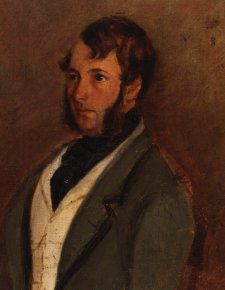

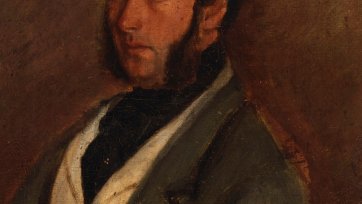
Gift of the Wade and Hannah families 2013
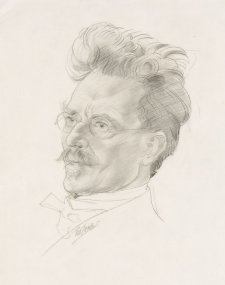

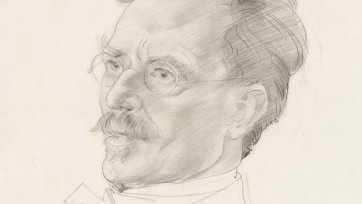
Gift of Denis Savill 2017. Donated through the Australian Government's Cultural Gifts Program.
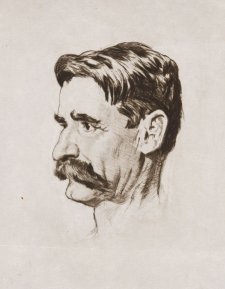

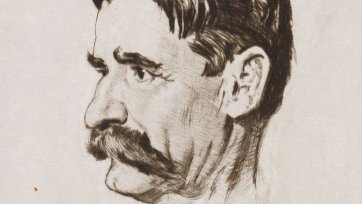
Collection: National Portrait Gallery
Gift of Ted and Gina Gregg 2011


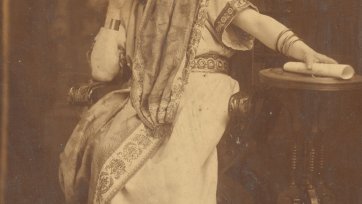
Purchased with funds provided by Graham Smith 2009
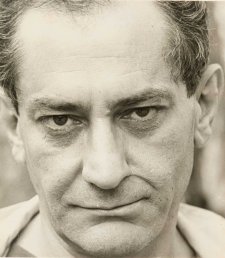

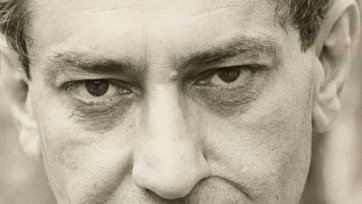
Collection: National Portrait Gallery
Gift of Mrs Elaine Mayer and Ms Vicky Mayer 2011
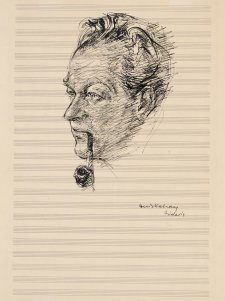

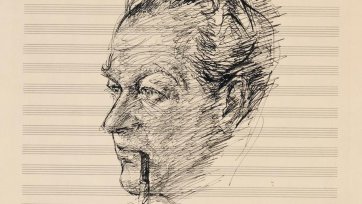
Collection: National Portrait Gallery
Gift of Mrs Lily Kahan 2017
Donated through the Australian Government's Cultural Gifts Program
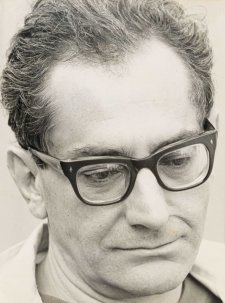

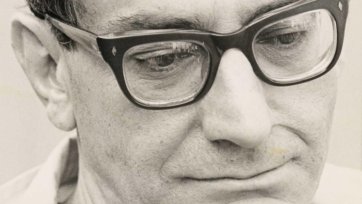
Collection: National Portrait Gallery
Gift of Mrs Elaine Mayer and Ms Vicky Mayer 2011
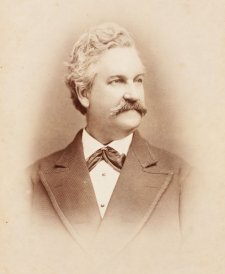

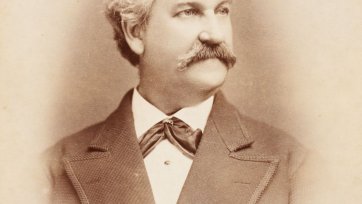
Collection: National Portrait Gallery
Purchased 2015

Recorded 1990
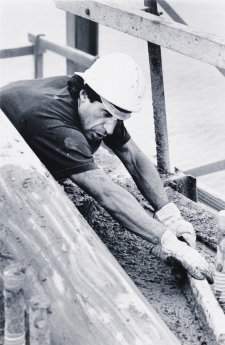

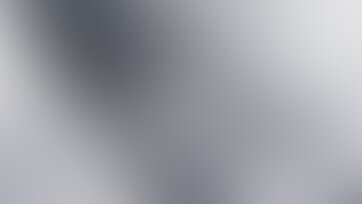
Collection: National Portrait Gallery
Gift of the artist 2001. Donated through the Australian Government's Cultural Gifts Program.
The series 'David Moore: From Face to Face' was acquired as a gift of the artist and with financial assistance from Timothy Fairfax AC and L Gordon Darling AC CMG 2001.
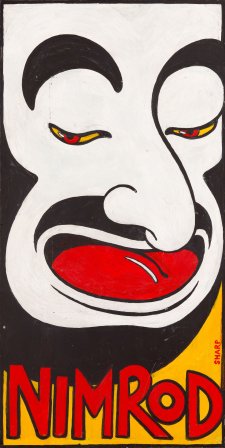

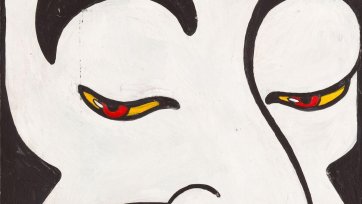
Gift of Richard Wherrett 1998. Donated through the Australian Government's Cultural Gifts Program.
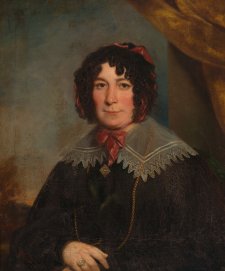

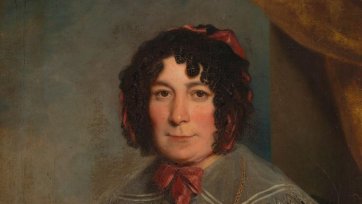
Purchased 2015
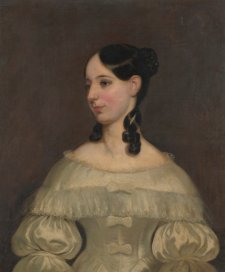

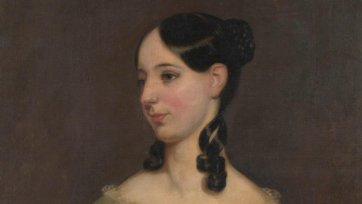
Purchased 2008. The original frame for this work was donated to the National Portrait Gallery of Australia by the National Gallery of Victoria 2009.
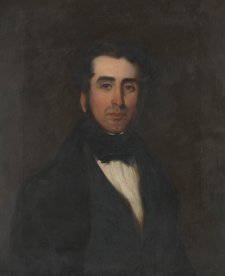

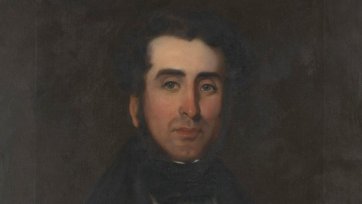
Purchased 2008. The original frame for this work was donated to the National Portrait Gallery of Australia by the National Gallery of Victoria 2009.
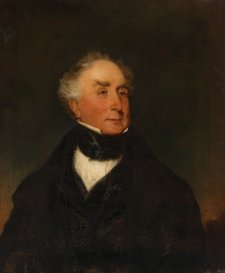

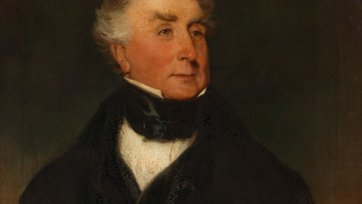
Purchased 2015
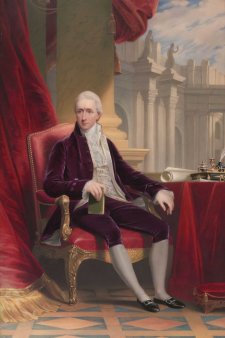

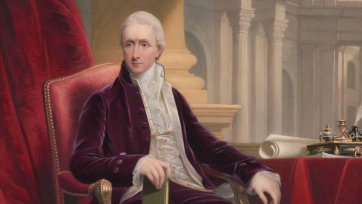
Collection: National Portrait Gallery
Purchased with funds provided by the Sid and Fiona Myer Family Foundation 2017

Gift of Patrick Corrigan AM 2015
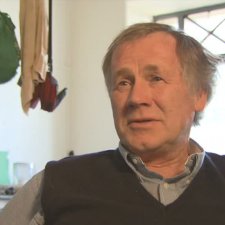
An interview with cartoonist Ron Tandberg about the tradition of caricature.
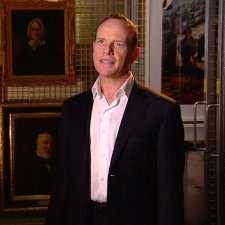
An interview with former National Portrait Gallery Director, Andrew Sayers, who describes the portrait of Sir Henry Barkly by Thomas Clark.
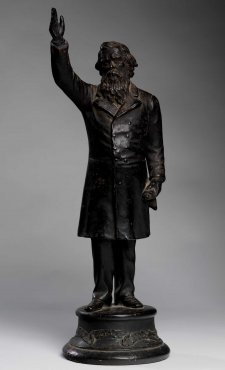

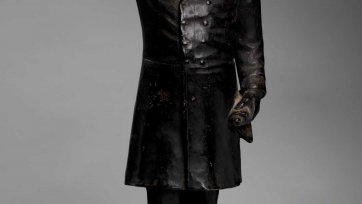
Collection: National Portrait Gallery
Purchased with funds provided by the Liangis family 2012


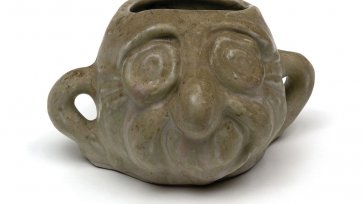
Collection: National Portrait Gallery
Purchased 2004
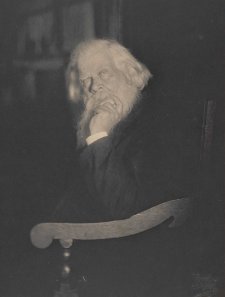

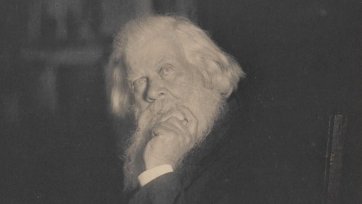
Collection: National Portrait Gallery
Purchased 2001
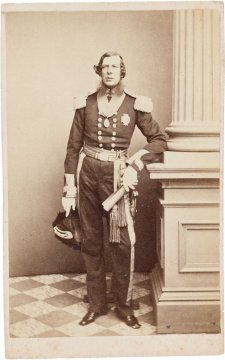

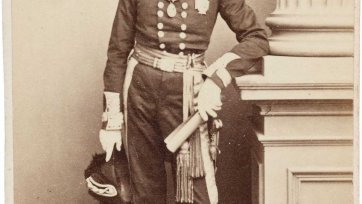
Collection: National Portrait Gallery
Purchased 2010
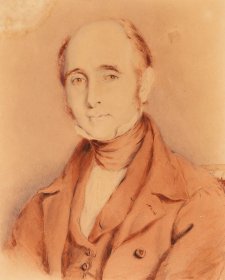

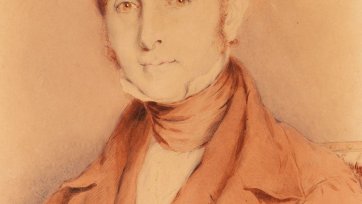
Purchased with funds provided by L Gordon Darling AC CMG 2013
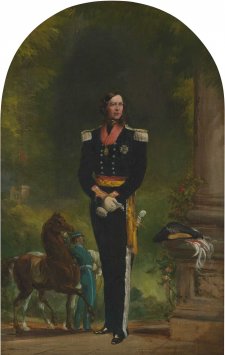

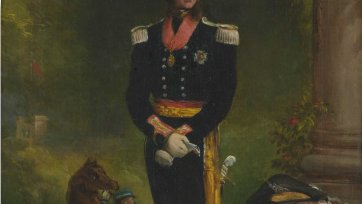
Collection: National Portrait Gallery
Purchased with funds provided by The Ian Potter Foundation 2007
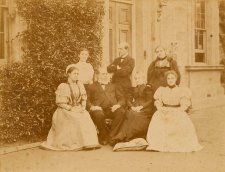


Gift of Joanna Russell Maher (née Windeyer) 2018
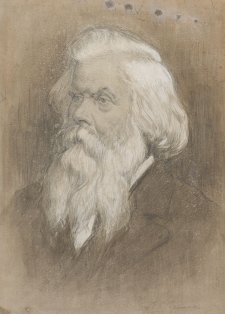

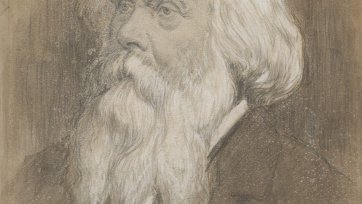
Collection: National Portrait Gallery
Purchased 2010
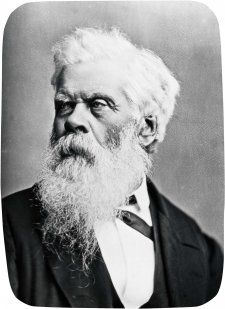

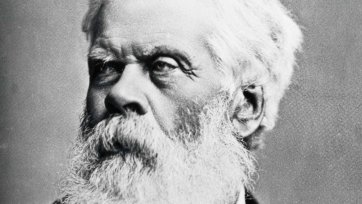
Collection: National Portrait Gallery
Gift of Adrian McGlusky 2013
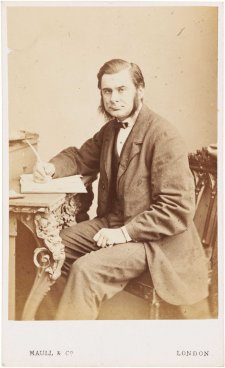

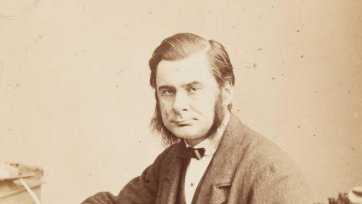
Collection: National Portrait Gallery
Purchased 2013


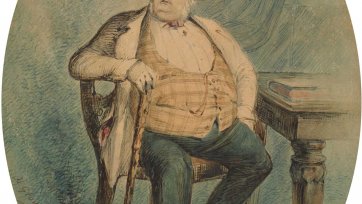
Collection: National Portrait Gallery
Purchased 2011
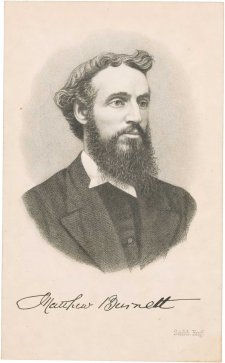

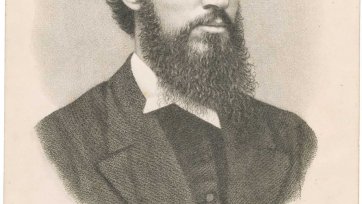
Collection: National Portrait Gallery
Purchased 2015
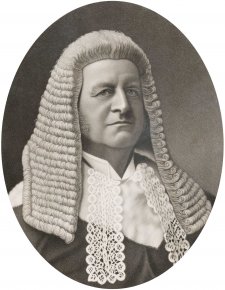

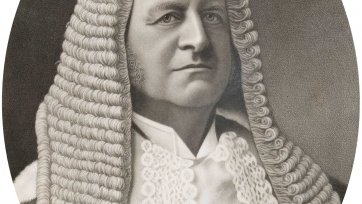
Collection: National Portrait Gallery
Purchased with funds provided by L Gordon Darling AC CMG 2009
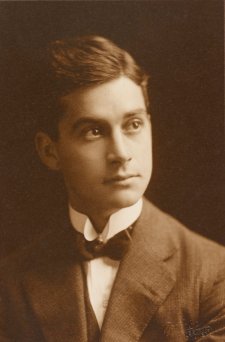

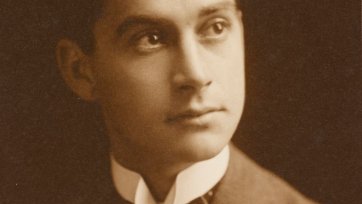
Collection: National Portrait Gallery
Gift of Richard King 2008
Donated through the Australian Government's Cultural Gifts Program


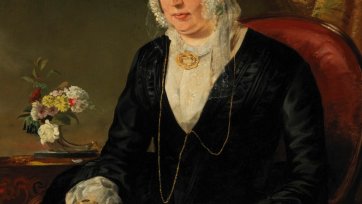
Gift of Susanna de Vienne, Sarah Wood and David Lloyd Jones 2009. Donated through the Australian Government's Cultural Gifts Program.
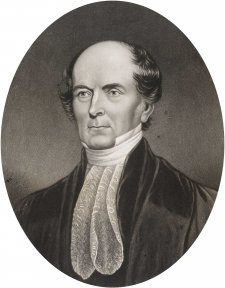

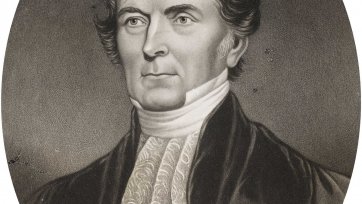
Collection: National Portrait Gallery
Purchased 2012
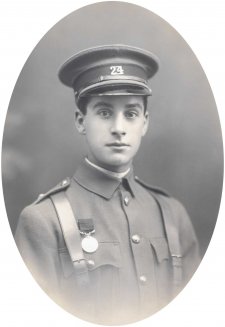

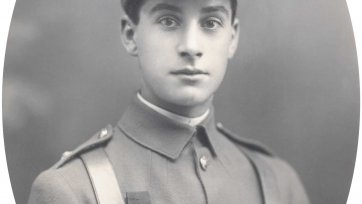
Collection: National Portrait Gallery
Gift of Richard King 2008
Donated through the Australian Government's Cultural Gifts Program
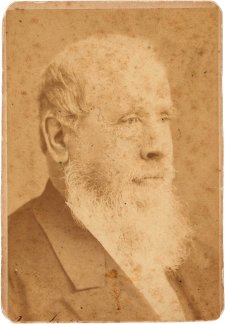

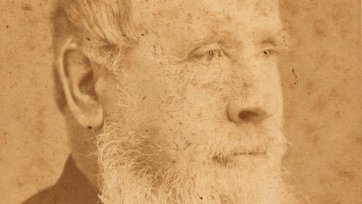
Collection: National Portrait Gallery
Purchased 2015
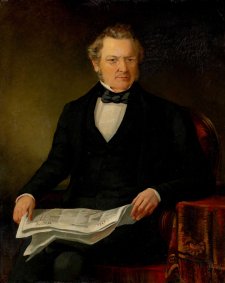

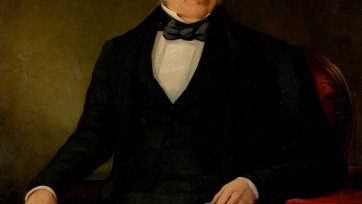
Gift of Susanna de Vienne, Sarah Wood and David Lloyd Jones 2009. Donated through the Australian Government's Cultural Gifts Program.
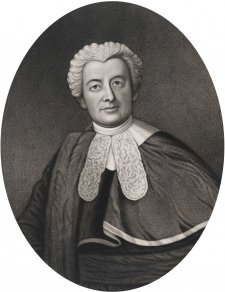

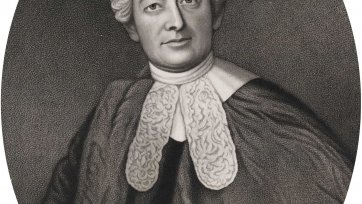
Collection: National Portrait Gallery
Purchased 2012
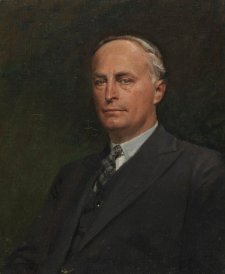

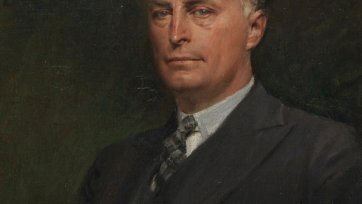
Collection: National Portrait Gallery
Gift of Gareth Mawson Thomas and Pamela Karran-Thomas of the Mawson family 2010
Donated through the Australian Government's Cultural Gifts Program
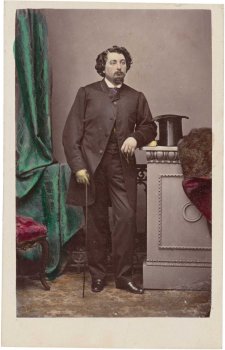

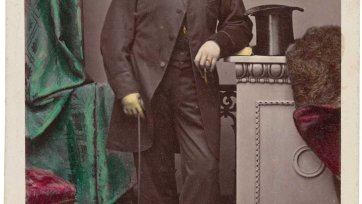
Purchased 2009
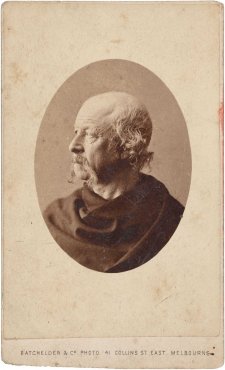

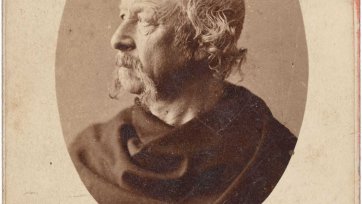
Collection: National Portrait Gallery
Purchased with funds provided by Graham Smith 2009
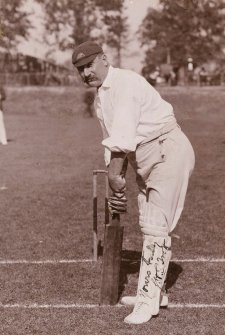

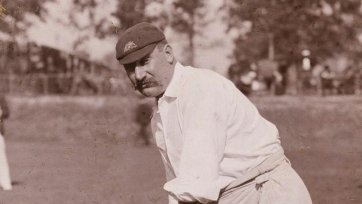
Collection: National Portrait Gallery
Purchased with funds provided by L Gordon Darling AC CMG 2014
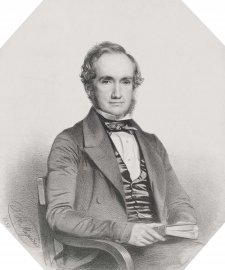

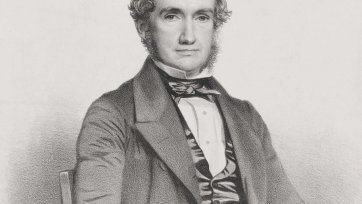
Collection: National Portrait Gallery
Purchased 2012
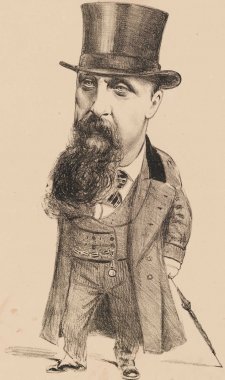

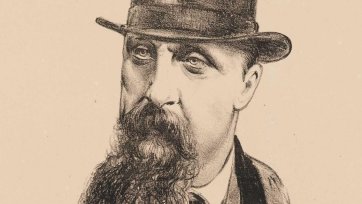
Collection: National Portrait Gallery
Purchased 2018

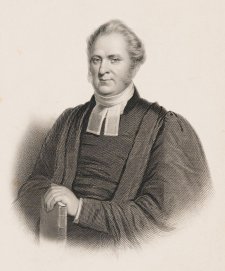

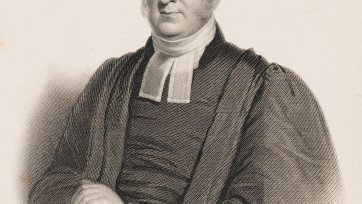
Collection: National Portrait Gallery
Gift of Ted and Gina Gregg 2012
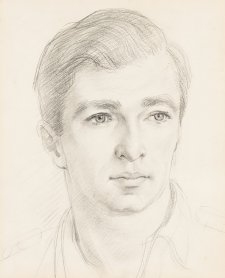

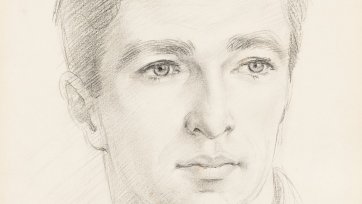
Collection: National Portrait Gallery
Gift of the family in memory of Penne Hackforth-Jones 2014
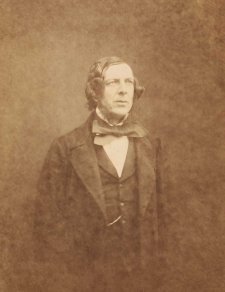

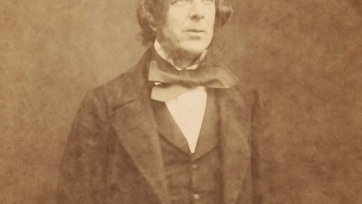
Purchased 2014
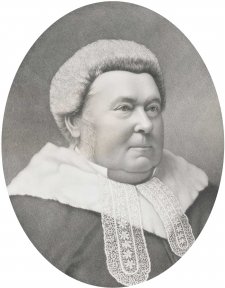

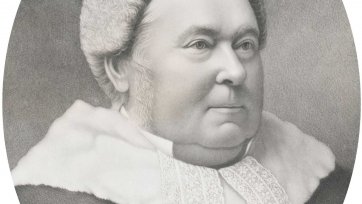
Collection: National Portrait Gallery
Purchased with funds provided by L Gordon Darling AC CMG 2009
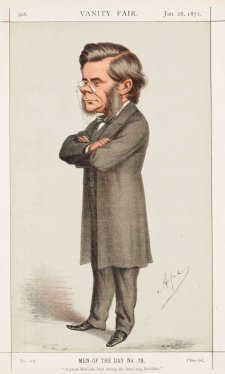

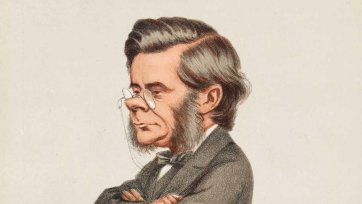
Purchased 2015


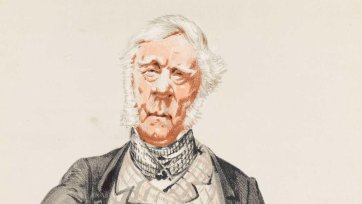
Purchased 2015
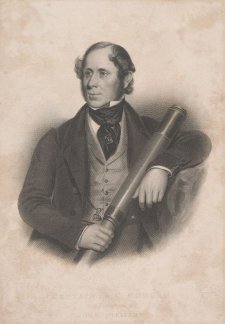

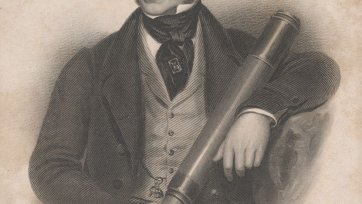
Collection: National Portrait Gallery
Gift of Gina and Ted Gregg 2010
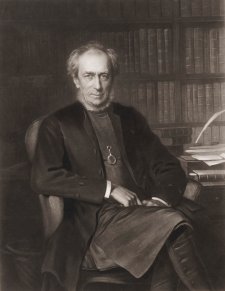

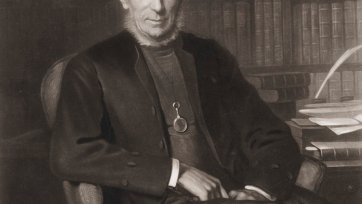
Collection: National Portrait Gallery
Purchased 2009


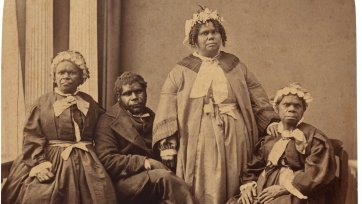
Purchased 2006
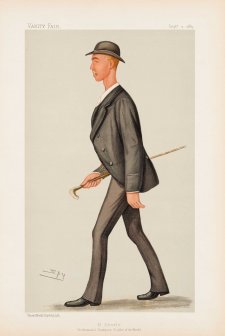

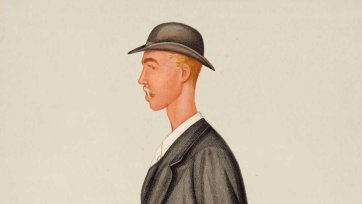
Purchased 2014
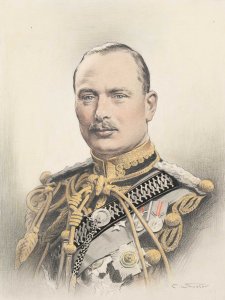

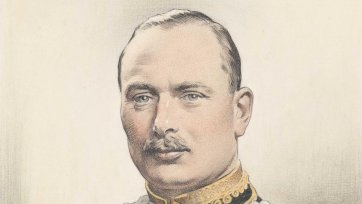
Collection: National Portrait Gallery
Purchased 2019

Andrew Sayers asks whether a portrait can truly be the examination of a life.
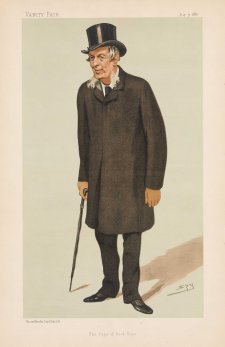

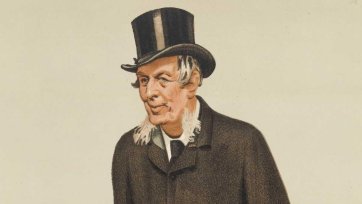
Purchased 2015
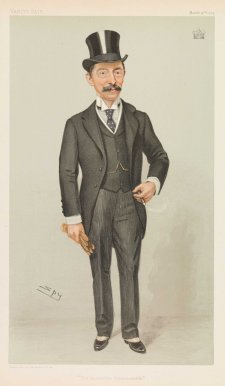

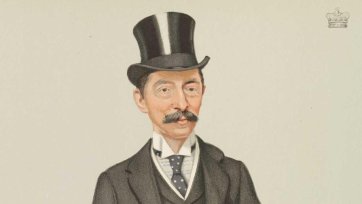
Gift of Ronald A Walker 2009. Donated through the Australian Government's Cultural Gifts Program.


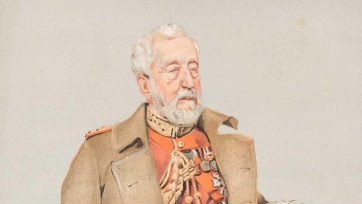
Purchased 2015
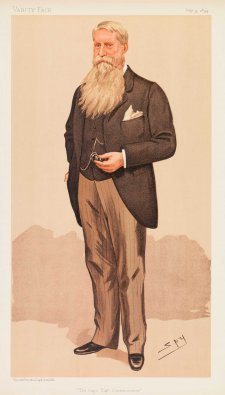

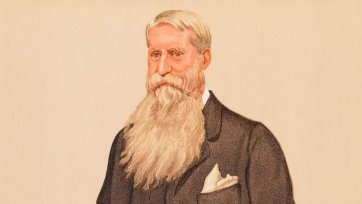
Gift of Ronald A Walker 2009. Donated through the Australian Government's Cultural Gifts Program.
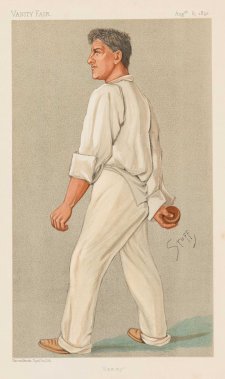

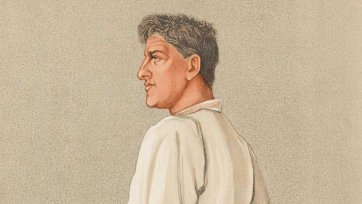
Purchased 2010
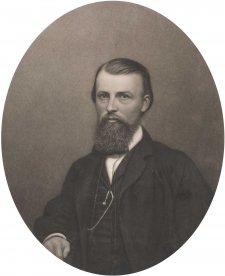

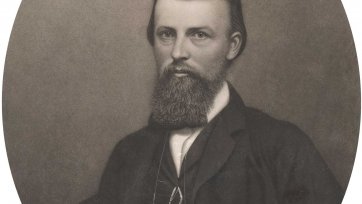
Purchased with funds provided by Ross A Field 2007
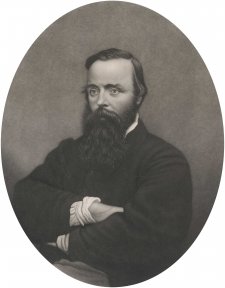

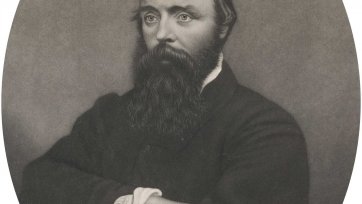
Purchased with funds provided by Ross A Field 2007
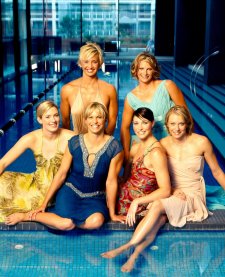

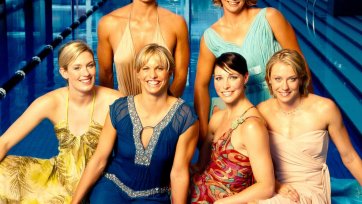
Collection: National Portrait Gallery
Purchased 2005
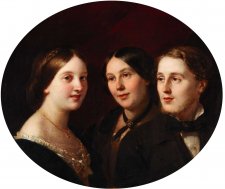

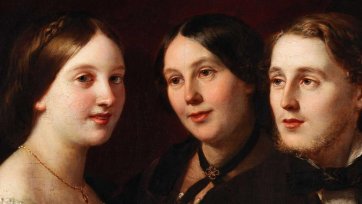
Purchased with funds provided by the Liangis family 2014
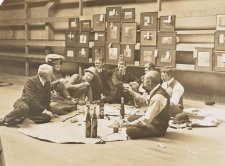

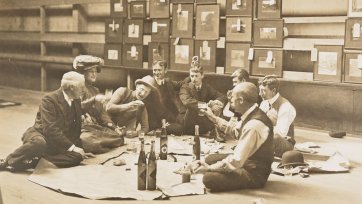
Purchased 2008
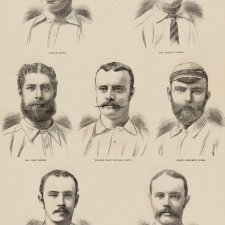
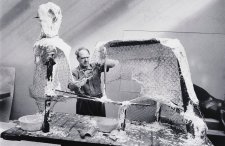

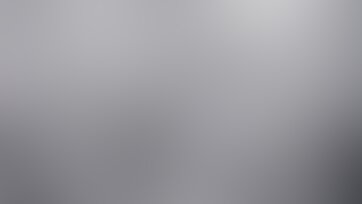
Collection: National Portrait Gallery
Gift of the artist 2001. Donated through the Australian Government's Cultural Gifts Program.
The series 'David Moore: From Face to Face' was acquired as a gift of the artist and with financial assistance from Timothy Fairfax AC and L Gordon Darling AC CMG 2001.
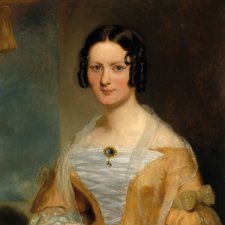
Henry Mundy's portraits flesh out notions of propriety and good taste in a convict colony.
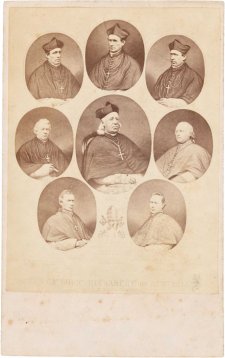

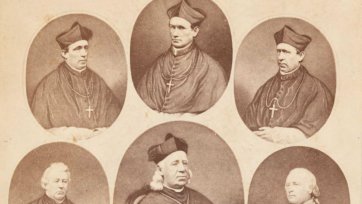
Collection: National Portrait Gallery
Purchased 2010
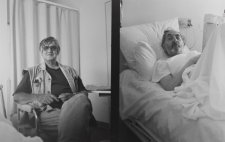


Collection: National Portrait Gallery
Gift of the artist 2003
Donated through the Australian Government's Cultural Gifts Program
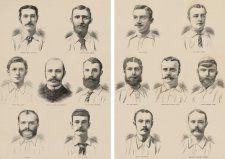

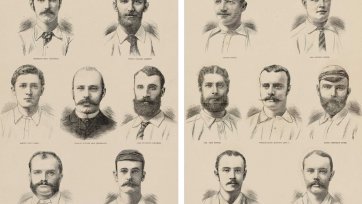
Purchased 2009
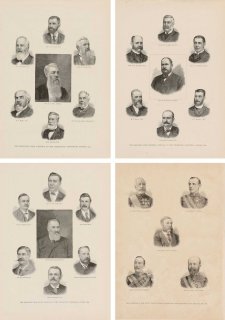

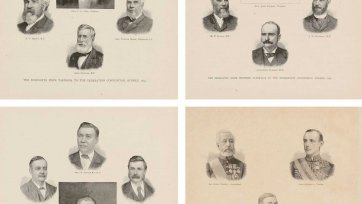
Purchased 2009
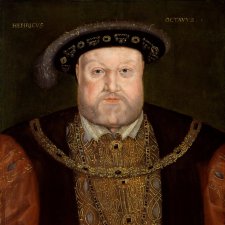
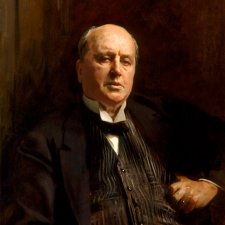
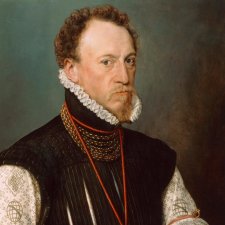

The Dickinson Monteath Studio operated at 296 Collins Street Melbourne during the 1930s and into the 1940s.
1 portrait in the collection

Henry Bryan Hall grew up in England and began his trade as an apprentice to the engravers Benjamin Smith and Henry Meyer.
1 portrait in the collection
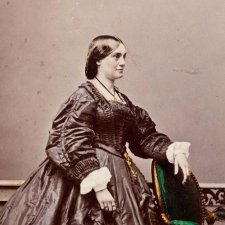
Office romance
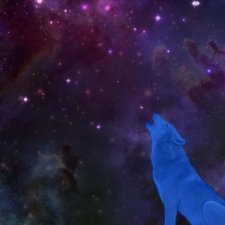
Finalist, MDPA 2014
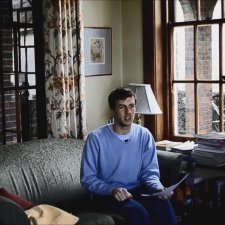
Winner, MDPA 2013

Mashman Bros Ltd was established by William and Henry Mashman in Sydney in 1885.
1 portrait in the collection
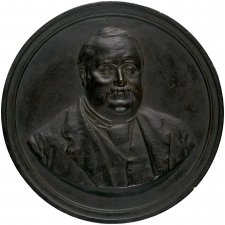

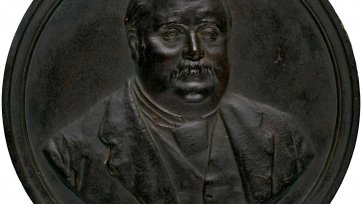
Collection: National Portrait Gallery
Purchased 2016
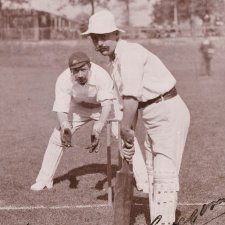
Sydney Edward Gregory (1870–1929) was born on the site of the Sydney Cricket Ground, the son of batsman Ned Gregory (1839–1899), who was one of five boys from the same family who all played cricket at national or international level.
1 portrait in the collection


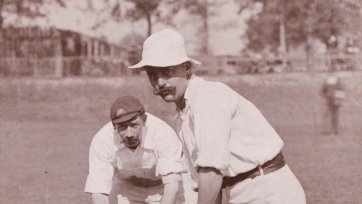
Collection: National Portrait Gallery
Purchased with funds provided by L Gordon Darling AC CMG 2014
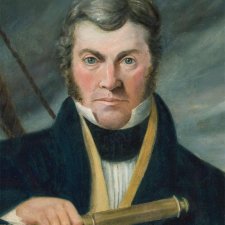
This issue of Portrait Magazine feature Lucian Frued, John Witzig, colonial death portraits, William Kinghorne, Henry Crock, and more.

George Henry Dancey began his career as a stained glass designer in the UK and Australia, but ended it as the chief cartoonist for Melbourne Punch over 23 years to 1919..
1 portrait in the collection

The salacious and sordid details of Henry Kinder’s death transfixed Sydneysiders with a case combining murder with seduction, mesmerism, blackmail and poisoning.

Very little is known as yet about the artist G Ziegler, who may have been related to the painter Henry Bryan Ziegler.
1 portrait in the collection
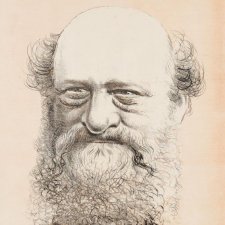
Edward Aaron Cohen (1822–1877), merchant, politician and community leader, came to Australia with his mother and nine siblings in 1833, his father, Henry, having been transported to New South Wales that year.
1 portrait in the collection
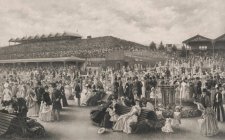

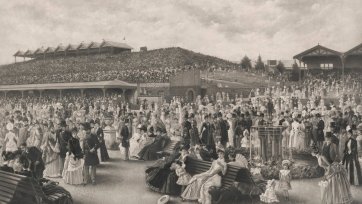
Purchased 2009
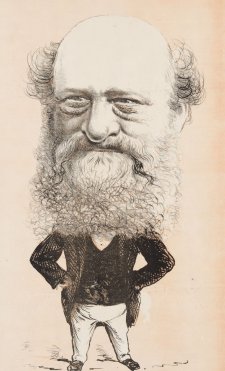


Collection: National Portrait Gallery
Purchased 2016
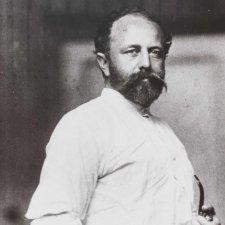
Alfred George Stephens (1865–1933), editor, journalist and publisher, was born and educated in Toowoomba.
1 portrait in the collection

Gwen Pratt FRAS (b.1917) is a traditional painter and portraitist in oil, watercolour and pastel.
1 portrait in the collection
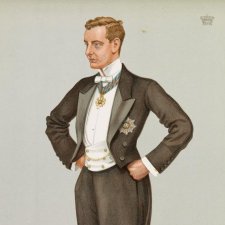
William Lygon, 7th Earl Beauchamp (1872-1938), governor, was appointed to the position of Governor of NSW in 1899.
1 portrait in the collection

William Henry Fernyhough (1809-1849) was a sketcher, silhouette artist, lithographer and draughtsman who immigrated to Sydney in 1836.
13 portraits in the collection
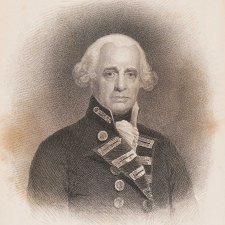
Richard Howe (1st Earl Howe, 1726–1799), naval commander, served in the Royal Navy for over fifty years, seeing action in the Seven Years War, the American Wars of Independence and the French Revolutionary Wars.
1 portrait in the collection
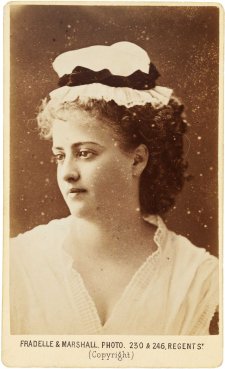

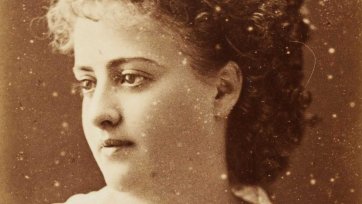
Collection: National Portrait Gallery
Purchased 2012
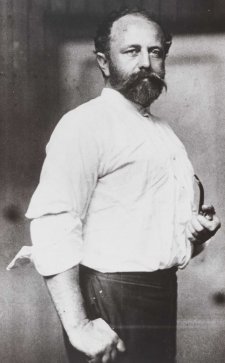

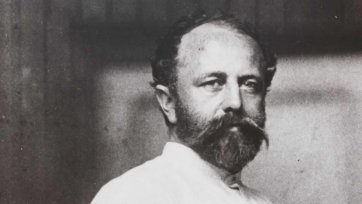
Collection: National Portrait Gallery
Purchased 2012
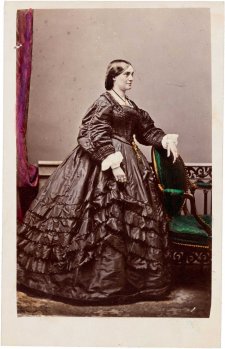

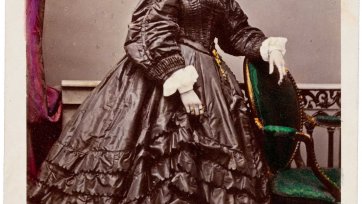
Purchased 2009

William Latimer (1851-1934) was a portrait photographer who worked in Melbourne in the latter part of the nineteenth century.
1 portrait in the collection
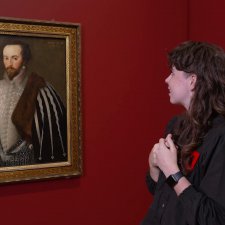
National Portrait Gallery staff introduce their favourite portraits from the exhibition.

The London Stereoscopic & Photographic Company was founded in 1854 by George Swan Nottage.
2 portraits in the collection
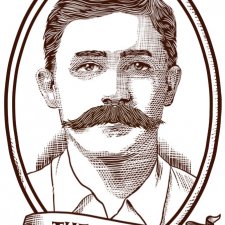
It’s curious that one of the writers most associated with the toughness of Australian bush life was himself not an exponent of the matted, rugged bushman sort of beard.

Reginald Henry Jerrold-Nathan (1889-1979) arrived in Australia from London in 1924, having studied under John Singer Sargent and William Orpen at the Royal Academy, where he was awarded a medal for portrait painting.
2 portraits in the collection

Elliott & Fry, a photography studio and photographic film manufacturer, was founded in 1863 at 55-56 Baker Street, London by Joseph John Elliott and Clarence Edmund Fry.
2 portraits in the collection

Carl Kahler was born in Austria and trained in Munich, Paris and Italy, where he won several important prizes.
2 portraits in the collection

Paul Fitzgerald AM, a Melbourne-based artist, made his career as a professional portraitist.
4 portraits in the collection
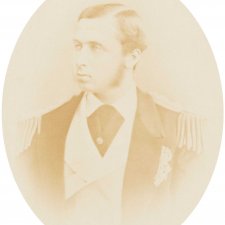
Alfred, Duke of Edinburgh (1844–1900) was the second son and fourth child of Queen Victoria.
4 portraits in the collection
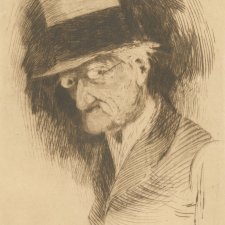
Livingston Hopkins, cartoonist, was born in Ohio and fought in the American Civil War before beginning his cartooning career in New York.
3 portraits in the collection
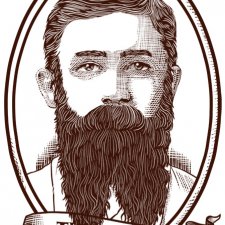
It wasn’t uncommon for the pro-beard fraternity of the mid nineteenth century to cite beards as a sign of wisdom on the grounds that Socrates and other ancient philosophers had worn them.
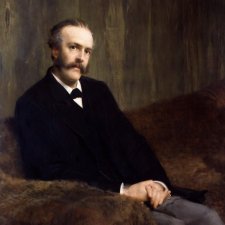
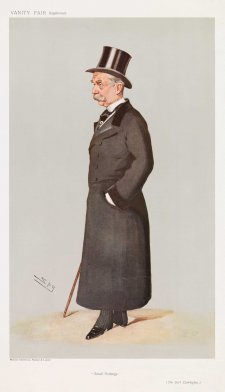

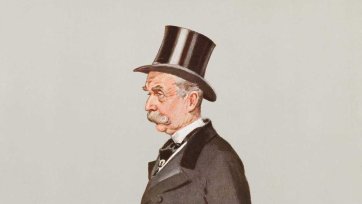
Gift of Ronald Walker 2002
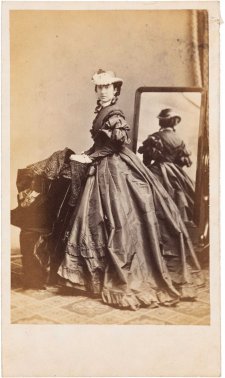

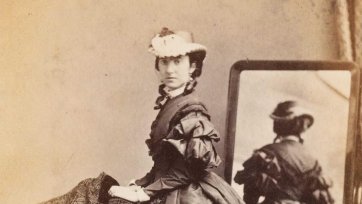
Purchased 2014
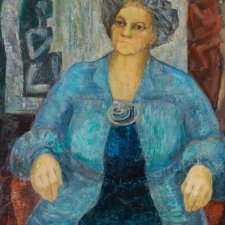
Ola Cohn OBE (1892-1964), sculptor, was born in Bendigo and studied in Melbourne and London, where Henry Moore, her lecturer in sculpture, predicted that she would progress to make 'works of a very high order'.
2 portraits in the collection
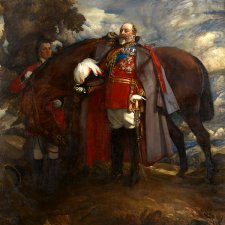
This display celebrates 100 years of the Historic Memorials Collection and its role in commissioning portraits of parliamentary and judicial figures in Australia.
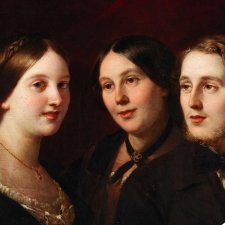
Mary Anne Egan (also Marianne or Marian, née Cheers, 1818–1857), was born in Sydney, the daughter of ex-convicts.
1 portrait in the collection
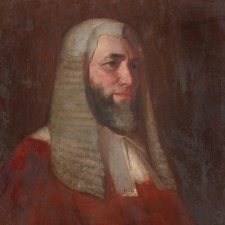
Sir William Windeyer (1834-1897) was a politician and judge. One of the first undergraduates to study at the University of Sydney, he developed a particular interest in education and the rights of women - he was responsible for the Married Women's Property Act of 1879, and was Founding Chairman of the university's Women's College.
4 portraits in the collection

Johnstone, O’Shannessy & Co was founded in Melbourne in 1864 by Henry James Johnstone and a photographer known as ‘Miss O’Shaughnessy’, who had previously been in partnership with her mother in their own photographic business in Carlton.
12 portraits in the collection
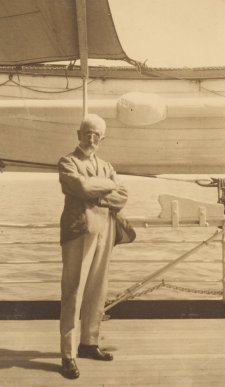

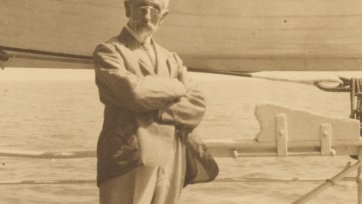
Collection: National Portrait Gallery
Purchased 2008
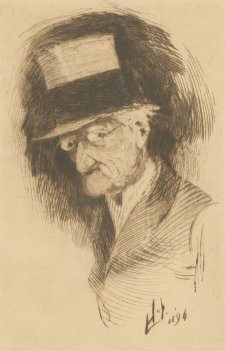

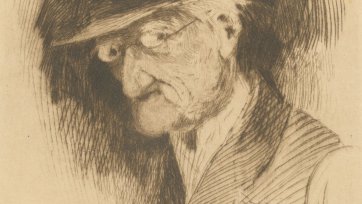
Collection: National Portrait Gallery
Purchased with funds provided by Ross A Field 2008

Featuring works by Australian and New Zealand photographers from the late 1970s up to the present day Reveries focuses on images made in the presence of or consciousness of death.
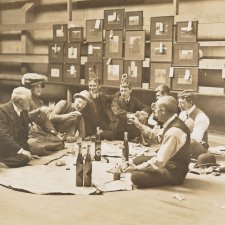
David Henry Souter (1862-1935) was a cartoonist, painter and art editor.
2 portraits in the collection
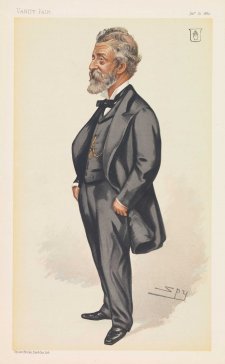

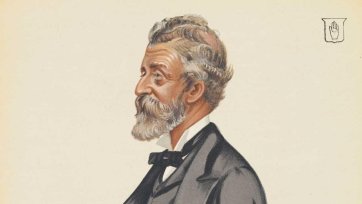
Gift of Mr Ronald Walker 2001
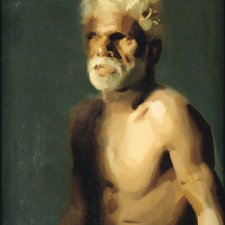
Originally conceived as an anthropological record, Percy Leason’s powerful 1934 portraits of Victorian Aboriginal people are today considered to be a highlight of 20th century Australian portraiture
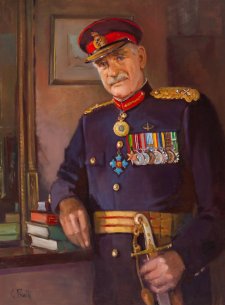

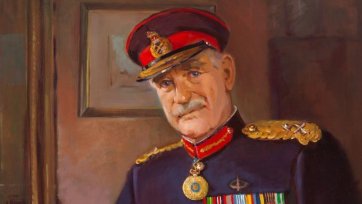
Collection: National Portrait Gallery
Gift of the Stretton family 1999
Donated through the Australian Government's Cultural Gifts Program
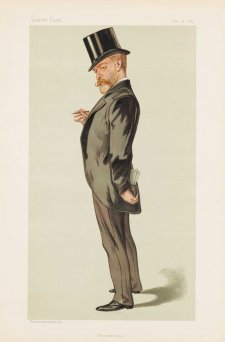

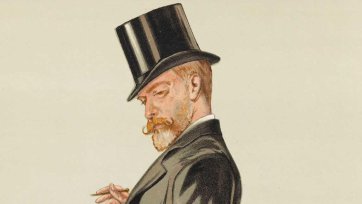
Purchased 2015
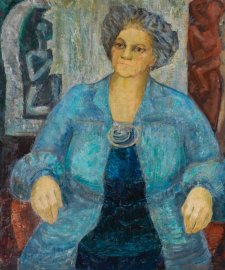

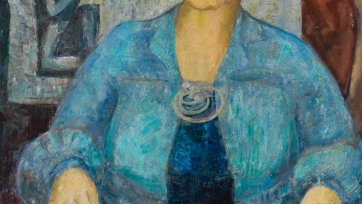
Collection: National Portrait Gallery
Gift of the artist 2002
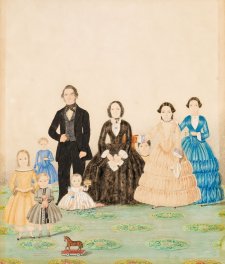

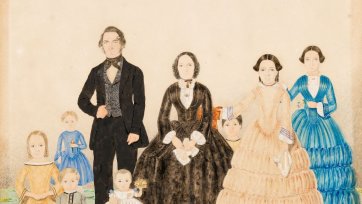
Purchased 2016

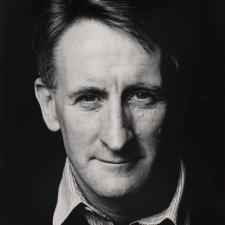
John Gaden AM (b. 1941), actor, studied arts and law at the University of Sydney, but when he joined the Sydney University Players, he abandoned his other pursuits for the stage.
1 portrait in the collection
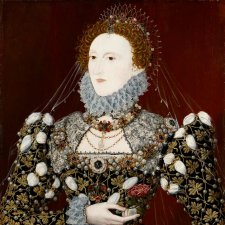
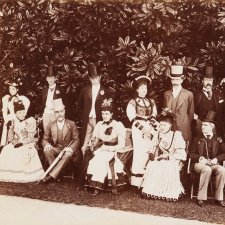
Sir Robert William Duff (1835–1895) was governor of New South Wales from May 1893 until March 1895.
2 portraits in the collection
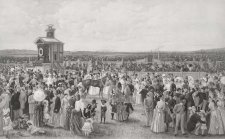

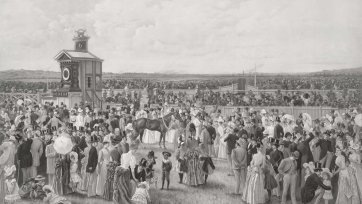
Purchased 2001

Thomas Phillips was born in Dudley, Warwickshire and initially trained as a glass painter before moving to London, aged 20, with a letter of introduction to the painter Benjamin West.
6 portraits in the collection

Gustavus Vaughan Brooke (1818-1866), actor, was a seasoned theatre performer by his early teens; at fourteen, he played Richard III.
1 portrait in the collection
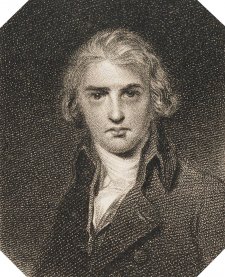

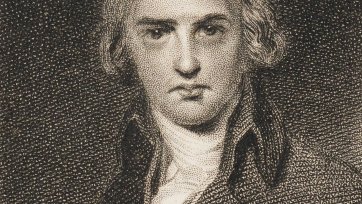
Collection: National Portrait Gallery
Gift of Ted and Gina Gregg 2012
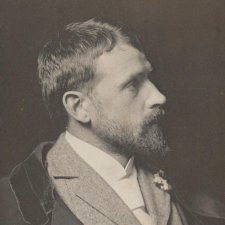
Although the tough, weathered, hard-drinking bushmen of the kind mythologised by writers like Banjo Paterson and Henry Lawson are popularly associated with the character of late nineteenth century Australia, it was also a time when alternative ideas about identity began to come into play.
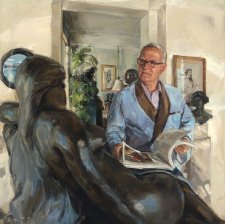

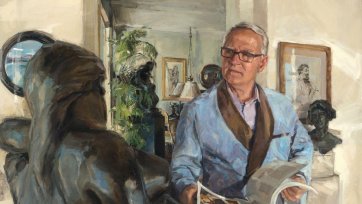
Purchased with funds provided by Harold Mitchell AC 2015


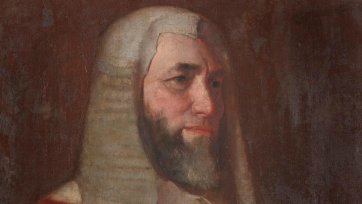
Gift of the family of Sir Victor and Lady Windeyer 2009. Donated through the Australian Government's Cultural Gifts Program.
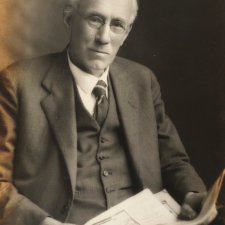
John Le Gay Brereton junior (1871–1933), writer and academic, was born in Sydney, the son of a doctor, also John, who had emigrated to Australia in the late 1850s.
1 portrait in the collection
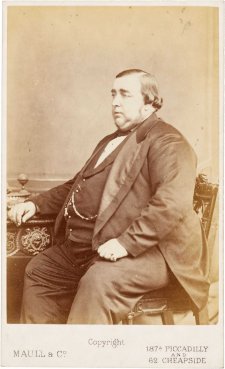

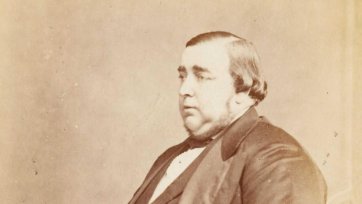
Collection: National Portrait Gallery
Purchased 2001
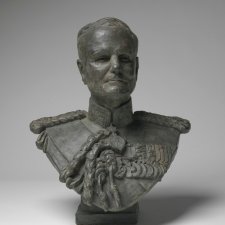
Just now we pause to mark the centenary of ANZAC, the day when, together with British, other imperial and allied forces, the Australian and New Zealand Army Corps landed at Gallipoli at the start of the ill-starred Dardanelles campaign.
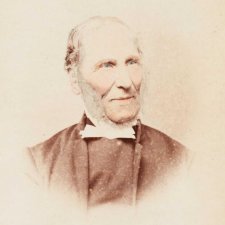
The Reverend Edward Puckle (c. 1800-1898), Anglican clergyman, took holy orders in Exeter and officiated in Cornwall before sailing on the Randolph to Canterbury, NZ in 1850.
1 portrait in the collection
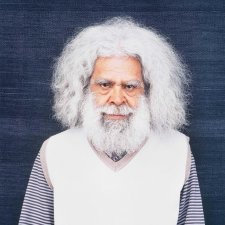
Recorded 2022

Absence rends the heart asunder
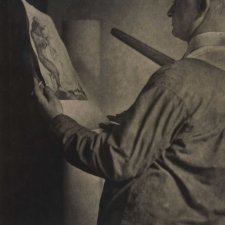
Will (William Henry) Dyson, cartoonist, caricaturist, writer and draughtsman, was born in Alfredtown, near Ballarat, and studied for a short time in Melbourne, where he worked closely with his older brother Ambrose.
11 portraits in the collection
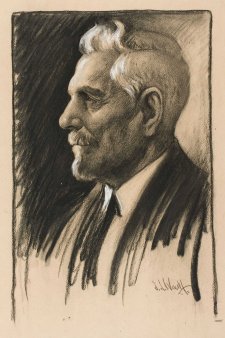

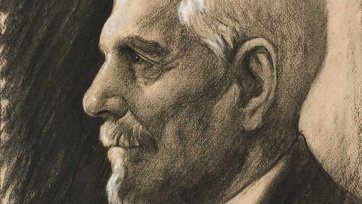
Purchased 2009
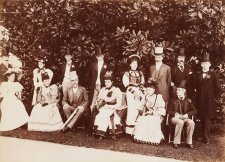

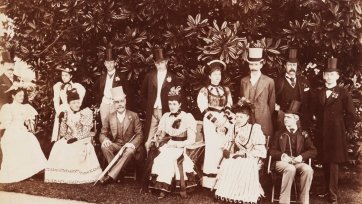
Collection: National Portrait Gallery
Purchased 2014


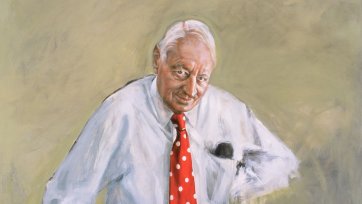
Gift of an anonymous donor 2001. Donated through the Australian Government's Cultural Gifts Program.


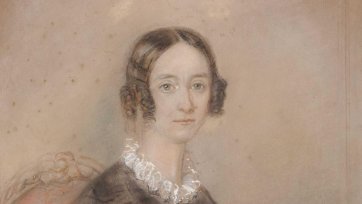
Collection: National Portrait Gallery
Gift of Joanna Russell Maher (née Windeyer) 2018


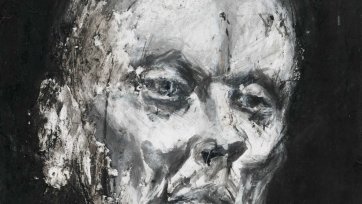
Gift of the artist 2010. Donated through the Australian Government's Cultural Gifts Program.
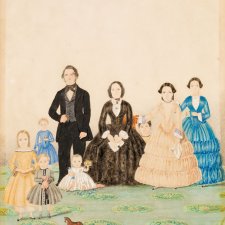
Desirable outcomes, undesirable origins


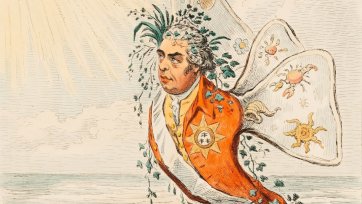
Gift of Douglas Stewart Fine Books 2013
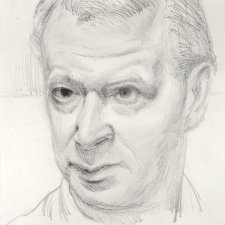
Eric Westbrook was the Director of the National Gallery of Victoria from 1956 to 1973.
1 portrait in the collection
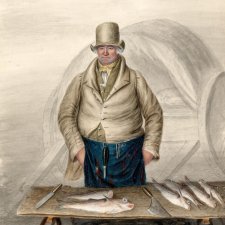
The late Georgian and early Victorian working classes often bought their food in ale-houses, chop-houses and ‘penny pie shops’, or purchased their meals day after day in the streets.


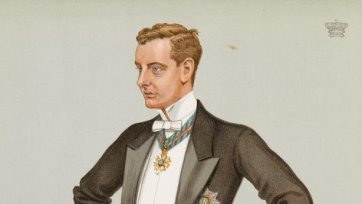
Gift of Ronald A Walker 2009. Donated through the Australian Government's Cultural Gifts Program.
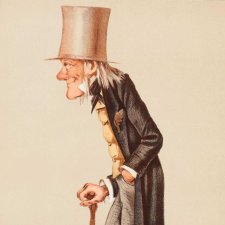
Sir Richard Owen (1804–1892), naturalist, anatomist and palaeontologist, was born in Lancaster and apprenticed to surgeon-apothecaries there before completing his studies in medicine in Edinburgh and London.
1 portrait in the collection
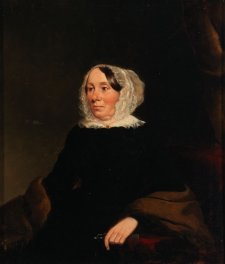


Purchased with funds provided by Mary Isabel Murphy and Rosalind Blair Murphy 2014
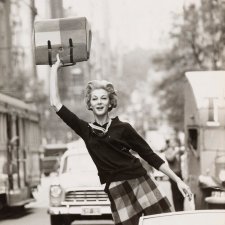
Janice McIllree (nee Wakely) (1935-2022), fashion model and photographer, began her modelling career in Melbourne in 1954, having graduated from Sydney's Mannequin Academy in 1952.
4 portraits in the collection
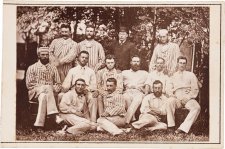

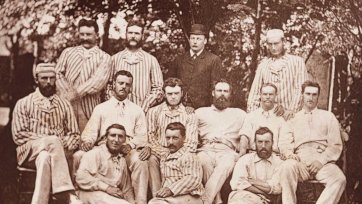
Collection: National Portrait Gallery
Purchased 2013
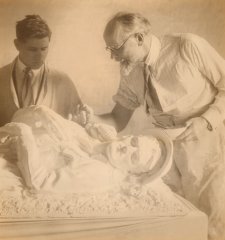

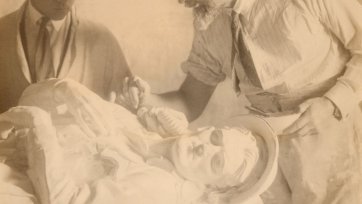
Purchased 2015
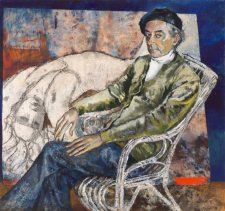

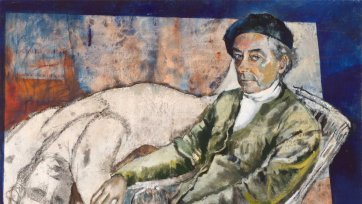
Gift of Warwick Evans 2021. Donated through the Australian Government's Cultural Gifts Program.
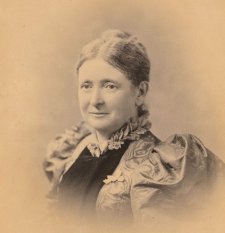

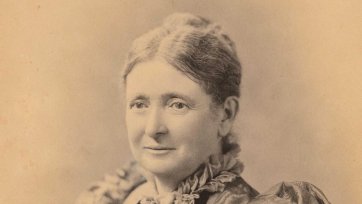
Gift of J.B. Windeyer 2018
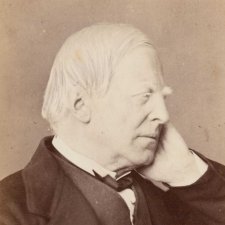
Robert Lowe, Viscount Sherbrooke (1811-1892), politician, studied and tutored in law at Oxford before coming to Australia in 1842.
4 portraits in the collection
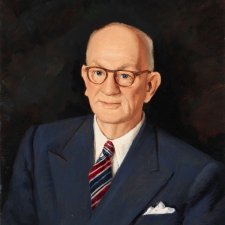
George Nicholas CBE (1884-1960), pharmacist and philanthropist, grew up in South Australia and Victoria.
1 portrait in the collection
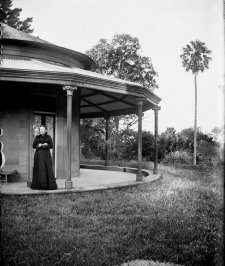

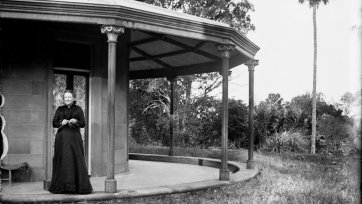
Collection: National Portrait Gallery
Gift of the Windeyer family 2012
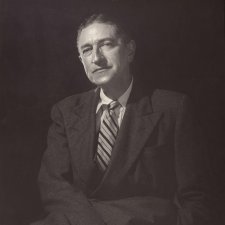
Sir Hudson Fysh KBE DFC (1895-1974) was one of Australia's great aviation administrators.
3 portraits in the collection
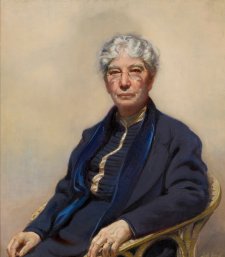

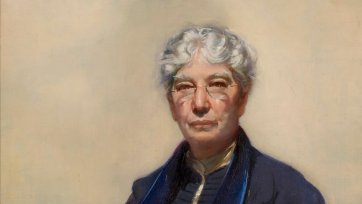
Purchased with funds provided by Marilyn Darling AC 2001
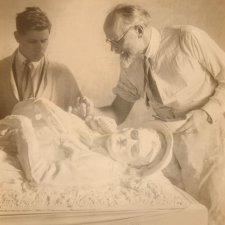
George Lambert (1873–1930), artist, was born in St Petersburg and lived in Germany and England before coming to Australia with his family at the age of fourteen.
7 portraits in the collection
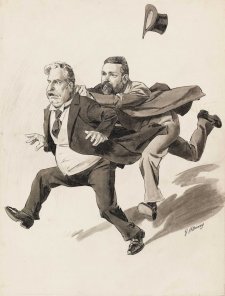

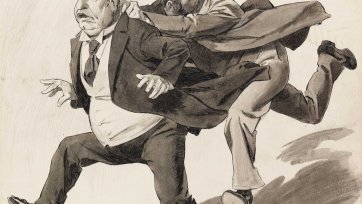
Purchased 2012
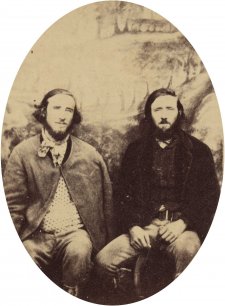

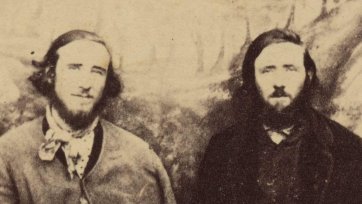
Purchased 2019

Nelson Illingworth trained in sculpture in England and worked as a modeller at the Royal Doulton potteries for nine years before moving to Australia.
3 portraits in the collection

Bradley & Rulofson was a partnership between photographers Henry W Bradley (1813–1891), a native of North Carolina, and Canadian-born William H Rulofson (1826–1878).
1 portrait in the collection
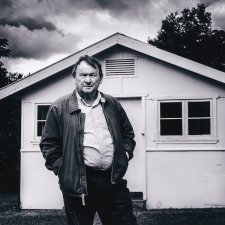
Of Polish/Ukrainian descent, Peter Skrzynecki was born in 1945 in Germany and came to Australia with his parents in 1949.
1 portrait in the collection
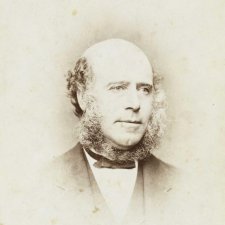
The Hon Sir Saul Samuel Bart KCMG CB (1820-1900), merchant, politician, company director and landowner, was the first Jewish legislator in New South Wales and the first Jew to become a minister of the Crown.
1 portrait in the collection
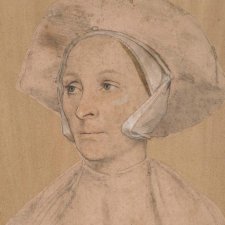
An exhibition devoted to Hans Holbein's English commissions shows the portraitist bringing across the Channel new technical developments in art - with a dazzling facility.
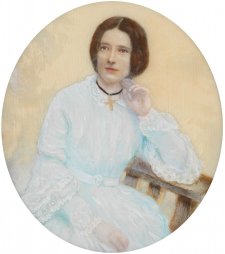

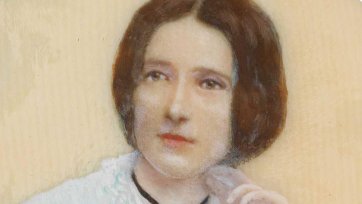
Gift of the Windeyer family 2009. Donated through the Australian Government's Cultural Gifts Program.

Collection: National Portrait Gallery
Gift of Nigel Naseby 2007
Donated through the Australian Government's Cultural Gifts Program
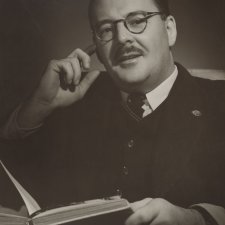
Conly John Paget Dease (1906-1979), actor and broadcaster, spent thirty years as one of the signature voices of the ‘Golden Age’ of Australian radio.
1 portrait in the collection
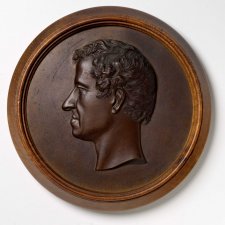


Purchased 2006

Les Tanner was one of Australia’s best-known caricaturists. Born in Glebe, New South Wales, he is said to have taken up drawing portraits as early as age five, and as a teenager contributed cartoons to the school newspaper.
4 portraits in the collection
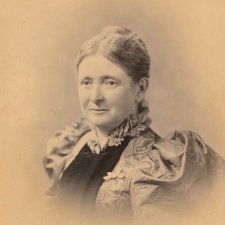
Mary Windeyer (née Bolton, 1837-1912), women's rights campaigner, was one of the nine children of Robert Thorley Bolton, a clergyman who emigrated to New South Wales in 1839.
3 portraits in the collection
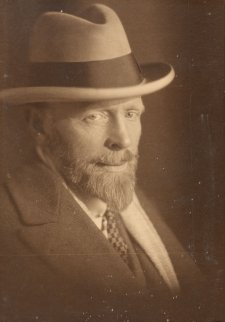

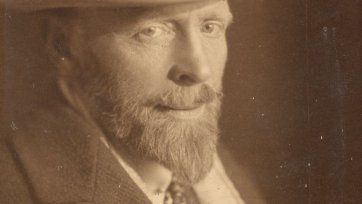
Collection: National Portrait Gallery
Purchased 2015
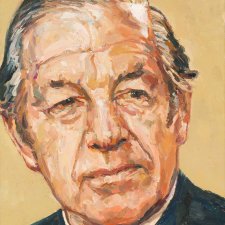
Sir Rupert ‘Dick’ Hamer AC KCMG (1916-2004) was premier of Victoria from 1972 to 1981.
1 portrait in the collection
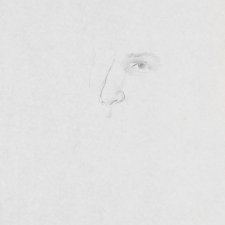
Peter Elliott AM (1927–2014) was an obstetrician, gynaecologist and gynaecological oncologist as well as a significant art collector and patron.
6 portraits in the collection

Christopher Brennan (1870–1932), poet, was born to Irish parents in Sydney.
2 portraits in the collection
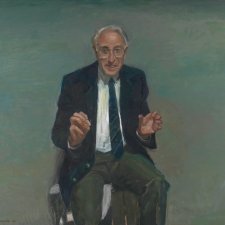
Drawn from some of the many donations made to the Gallery's collection, the exhibition Portraits for Posterity pays homage both to the remarkable (and varied) group of Australians who are portrayed in the portraits and the generosity of the many donors who have presented them to the Gallery.

Francis Henry Critchley Hinder (1906-1992) was a pioneer of abstract art in Australia.
18 portraits in the collection
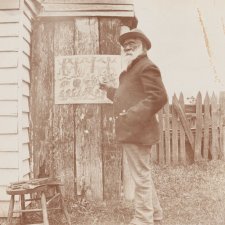
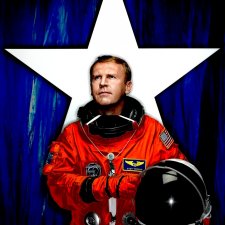
This exhibition showcases portraits acquired through the generosity of the National Portrait Gallery’s Founding Patrons, L Gordon Darling AC CMG and Marilyn Darling AC.
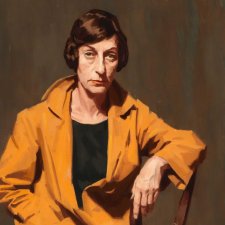
Ivy Shore (1915–1999), painter, was born in Melbourne, daughter of a South Australian suffragette, Elka, and engineer John Williams.
2 portraits in the collection
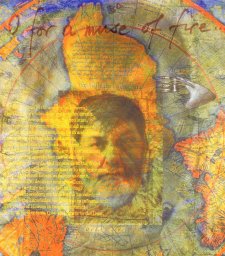

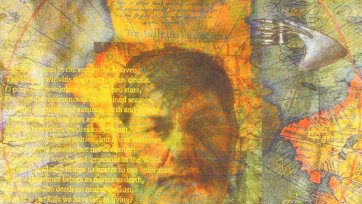
Collection: National Portrait Gallery
Purchased 2000
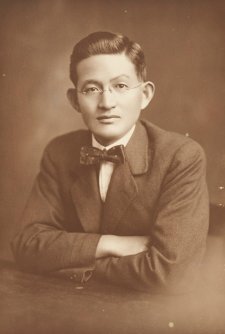

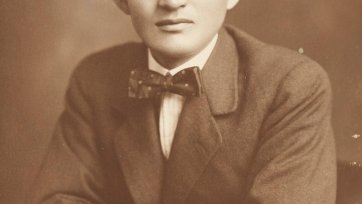
Gift of Ron Wylie 2007
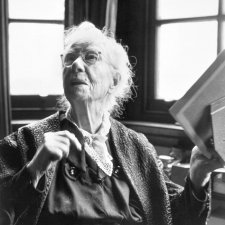
Dame Mary Gilmore DBE (1865–1962), poet, journalist and social reformer, was born near Goulburn and had an itinerant childhood as her father moved the family around New South Wales for work.
3 portraits in the collection
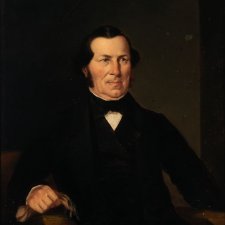
Jeremiah Ware (1792–1878) arrived in Van Diemen’s Land in 1822 with his wife, Mary (née Brooks, c.
1 portrait in the collection
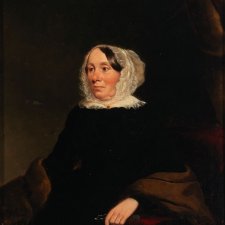
Jeremiah Ware (1792–1878) arrived in Van Diemen’s Land in 1822 with his wife, Mary (née Brooks, c.
1 portrait in the collection
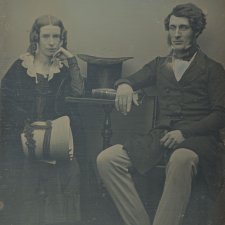
'I have just been to my dressing case to take a peep at you.
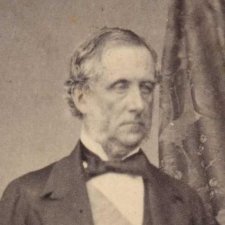
Sir John Young, 1st Baron Lisgar (1807-1876), governor of New South Wales from 1861 to 1867, was the son of a director of the East India Co.
1 portrait in the collection
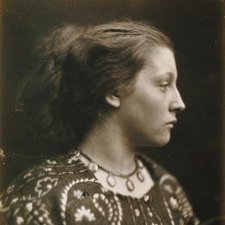
In March 2003 Magda Keaney travelled to London to join the photography section of the Victoria & Albert Museum for three months.
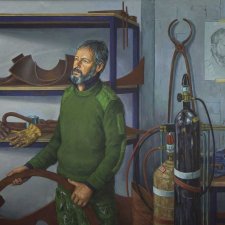
Ron Robertson-Swann (b. 1941), sculptor, teacher and painter, studied at the National Art School (NAS) under Lyndon Dadswell in the late 1950s.
1 portrait in the collection
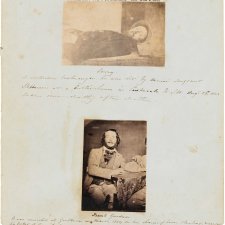
Francis Gardiner (Christie) (1830-c. 1903), bushranger, came to New South Wales with his family as a child.
1 portrait in the collection
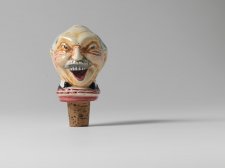

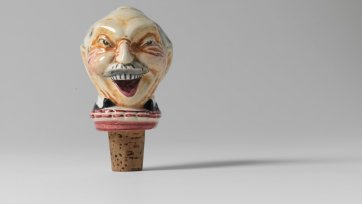
Collection: National Portrait Gallery
Purchased 2009

George William Perry (1824–1900) was born in London and arrived in Victoria via South Africa around 1852.
2 portraits in the collection
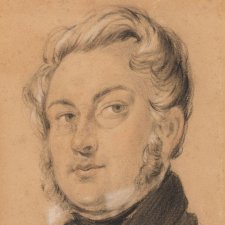
Elegance in exile is an exhibition surveying the work of Richard Read senior, Thomas Bock, Thomas Griffiths Wainewright and Charles Rodius: four artists who, though exiled to Australia as convicts, created many of the most significant and elegant portraits of the colonial period.
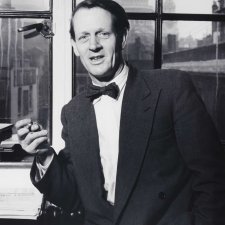
George Henry Johnston OBE (1912-1970), journalist and novelist, grew up in Elsternwick, a working-class suburb of Melbourne.
1 portrait in the collection
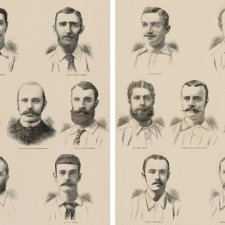
The Australian cricket team of 1882 was the third side to tour England and the team whose defeat of England at The Oval in August of that year initiated the 'The Ashes' Test series.
1 portrait in the collection

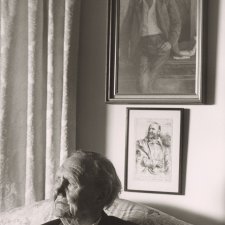
The Rt Hon Sir John Gorton GCMG AC CH (1911–2002) was the nineteenth prime minister of Australia and the only senator yet to have served in the office.
5 portraits in the collection
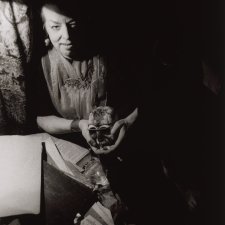
Rennie Ellis: Aussies All is a celebration of the life and work of the late Australian photographer Rennie Ellis.
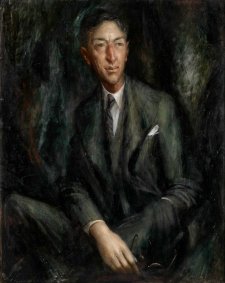

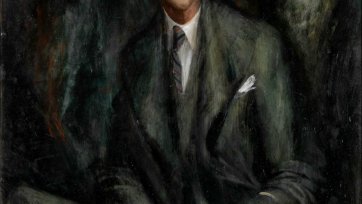
Collection: National Portrait Gallery
Gift of the Australian War Memorial in association with the Fysh family 2008
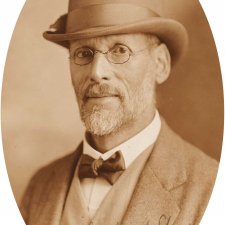
Tom Roberts (1856–1931), artist, came to Australia from England at the age of 13, but returned eight years later to study art in London.
9 portraits in the collection
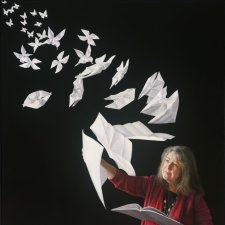
Actor, presenter and broadcaster Noni Hazlehurst AM (b. 1953) studied drama at Flinders University in South Australia, and after graduating gained roles in the television cop shows Division 4, Homicide and Matlock Police.
2 portraits in the collection
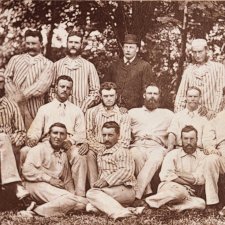
The ‘first Australian first-class cricket team to tour England and North America’ was in fact the second Australian cricket side to contest matches internationally (a team of Indigenous players having done so in 1868), but it is considered the first official national representative team to tour overseas.
1 portrait in the collection
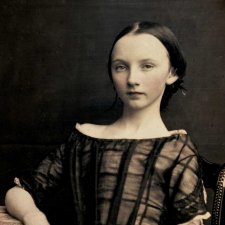
Emily Spencer Wills (1842–1925), Cedric Spencer Wills (1844–1914), Horace Spencer Wills (1847–1928), and Egbert Spencer Wills (1849–1931) the second, third, fourth, and fifth children of Horatio Wills and his wife Elizabeth, were all born at Lexington, spending their childhoods there and at Bellevue, the property acquired by Horatio Wills near Geelong in 1852.
1 portrait in the collection
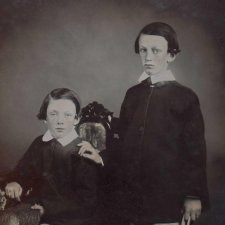
Emily Spencer Wills (1842–1925), Cedric Spencer Wills (1844–1914), Horace Spencer Wills (1847–1928), and Egbert Spencer Wills (1849–1931) the second, third, fourth, and fifth children of Horatio Wills and his wife Elizabeth, were all born at Lexington, spending their childhoods there and at Bellevue, the property acquired by Horatio Wills near Geelong in 1852.
1 portrait in the collection
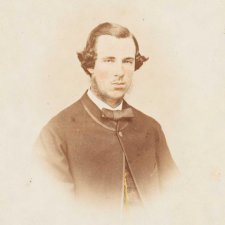
Emily Spencer Wills (1842–1925), Cedric Spencer Wills (1844–1914), Horace Spencer Wills (1847–1928), and Egbert Spencer Wills (1849–1931) the second, third, fourth, and fifth children of Horatio Wills and his wife Elizabeth, were all born at Lexington, spending their childhoods there and at Bellevue, the property acquired by Horatio Wills near Geelong in 1852.
1 portrait in the collection

Emily Spencer Wills (1842–1925), Cedric Spencer Wills (1844–1914), Horace Spencer Wills (1847–1928), and Egbert Spencer Wills (1849–1931) the second, third, fourth, and fifth children of Horatio Wills and his wife Elizabeth, were all born at Lexington, spending their childhoods there and at Bellevue, the property acquired by Horatio Wills near Geelong in 1852.
1 portrait in the collection
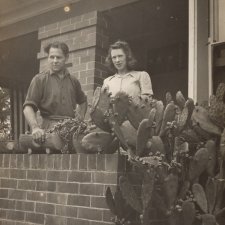
Arthur Murch, artist, is best-known as a painter in a colourful cubistic style, but he was occupied with sculpture throughout his career.
8 portraits in the collection
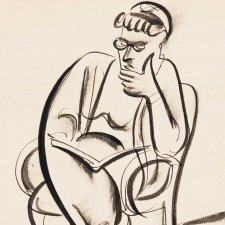
Margel Hinder AM (née Harris) (1906-1995), sculptor, trained in Buffalo and Boston in the 1920s.
1 portrait in the collection
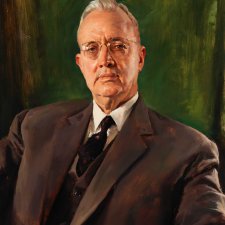
Claude Spurgeon Charlick (1893-1974), businessman, was managing director of the Adelaide firm Charlick Ltd for nearly forty years.
1 portrait in the collection
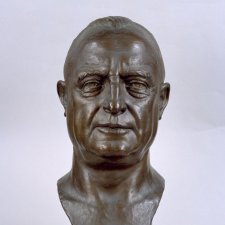
Sir Edward Wheewall Holden (1885-1947), industrialist and politician, was the son of Henry Holden, industrialist and civic leader, and the grandson of James Alexander Holden, Adelaide leather and saddlery business owner.
1 portrait in the collection

Stephen Murray-Smith (1922-1988), writer and editor, was educated at Geelong Grammar and the University of Melbourne before serving in New Guinea during World War 2.
1 portrait in the collection
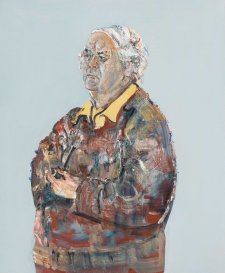

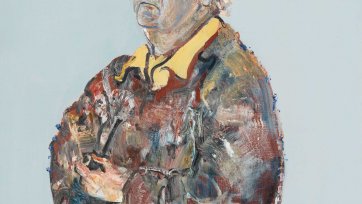
Collection: National Portrait Gallery
Gift of Lyn Williams AM 2011
Donated through the Australian Government's Cultural Gifts Program

Death masks, post-mortem drawings and other spooky and disquieting portraits... Come and see how portraits of infamous Australians were used in the 19th century.

Thomas Griffiths Wainewright (1794-1847) is one of the most intriguing and talented figures in colonial Australian art.
4 portraits in the collection
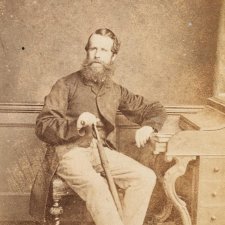
Sir Oswald Brierly (1817–1894), marine painter and adventurer, studied art, naval architecture and navigation in England before his fascination with seafaring caused him to sign up as staff artist on the Wanderer – a schooner owned by entrepreneur Benjamin Boyd, who was about to embark on a round-the-world trip.
1 portrait in the collection

Betsy (Bessie) Lee Cowie (1860–1950), 'Australia's Temperance Queen', spent the early part of her life in Daylesford, Victoria, one of the five children of Henry Vickery, a butcher and miner, and his wife Emma.
1 portrait in the collection
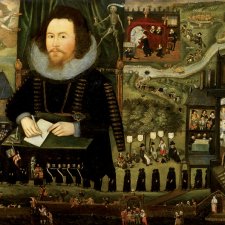
Alison Weir explores the National Portrait Gallery, London and the BP Portrait Award to find what makes a good painted portrait - past and present.
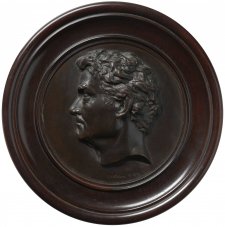

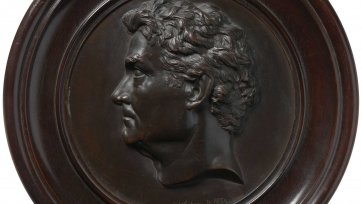
Gift of the Simpson family in memory of Caroline Simpson OAM 2008. Donated through the Australian Government's Cultural Gifts Program.
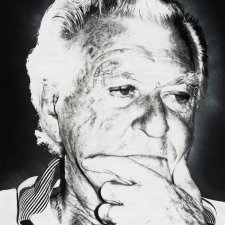
Seventeen of Australia’s thirty prime ministers to date are represented in the contrasting sizes, moods and mediums of these portraits.
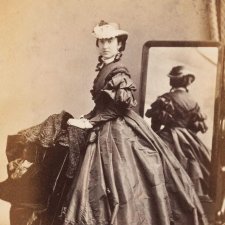
Anne Maria Barkly (1838-1932) was the second wife of Sir Henry Barkly, Governor of Victoria from December 1856 to September 1863.
1 portrait in the collection
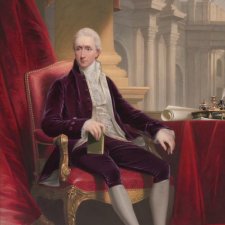
Angus Trumble reveals the complex technical mastery behind a striking recent acquisition, Henry Bone’s enamel portrait of William Manning.
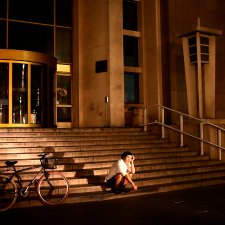
Press releases for media.
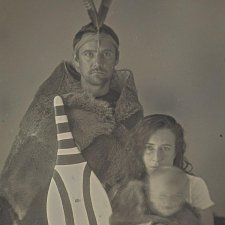
This sample of 56 photographs takes in some of the smallest photographs we own and some of the largest, some of the earliest and some of the most recent, as well as multiple photographic processes from daguerreotypes to digital media.
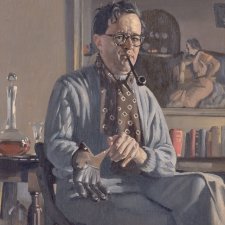
This exhibition is the first comprehensive survey of self-portraits in Australia, from the colonial period to the present
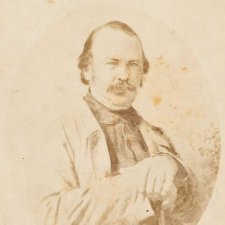
Horatio Spencer Howe Wills (1811–1861), pastoralist, politician and newspaper proprietor, was born in Sydney, several months after the death of his father, Edward Spencer Wills, a merchant and shipowner who'd arrived in New South Wales under a life sentence for highway robbery in 1799.
2 portraits in the collection
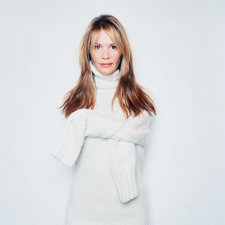
The exhibition will include works of art from the NPG Canberra's permanent collection with some inward loans and aims to highlight the achievements of notable Australians.
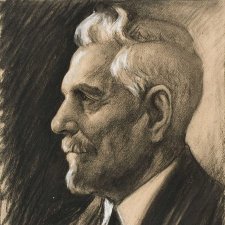
Sir Sidney Kidman (1857-1935) is inscribed in Australian legend as the ‘Cattle King’.
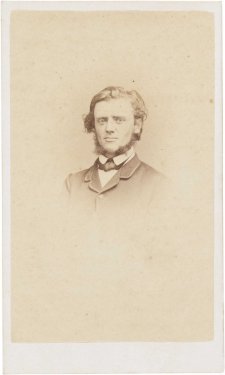


Collection: National Portrait Gallery
Purchased with funds provided by Graham Smith 2009

Nicholas Harding: 28 portraits features paintings of Robert Drewe, John Bell and Hugo Weaving alongside gorgeously coloured recent oil portraits, delicate gouaches and bold ink and charcoal drawings.
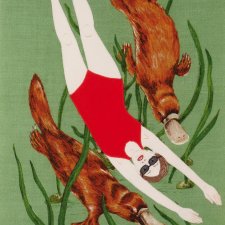
Carrie Kibbler looks at how portraiture fits into the Australian Artbank Collection.
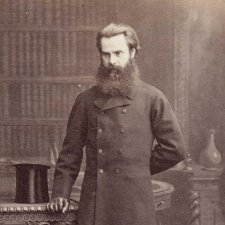
Thomas Woolner, sculptor, studied first with the brothers Henry and William Behnes, painter and sculptor respectively, and later at the Royal Academy, at which he was to become professor of sculpture in his fifties.
5 portraits in the collection
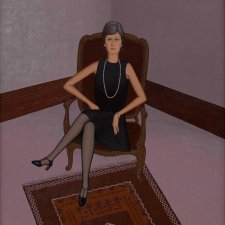
Andrew Sayers discusses the portrait of Dr Joan Croll AO by the Australian artist John Brack.

Arthur Thomas 'A T' Woodward (1865–1943), painter and art scholar, was born in Birmingham, England.
1 portrait in the collection
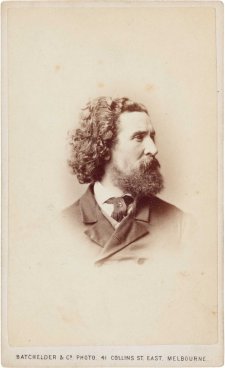

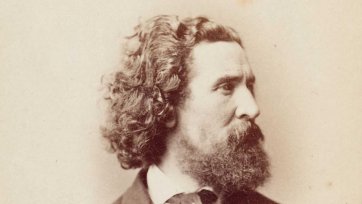
Collection: National Portrait Gallery
Purchased with funds provided by Graham Smith 2009

Charles Henry Theodore Costantini (also Constantine, Constantini and Costantine) was a Paris-born surgeon of Italian descent who was twice transported to the Australian colonies in the 1820s.
1 portrait in the collection
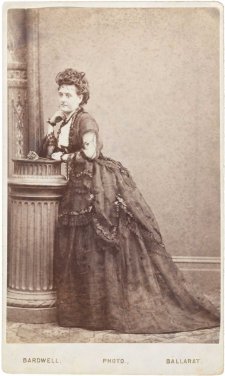

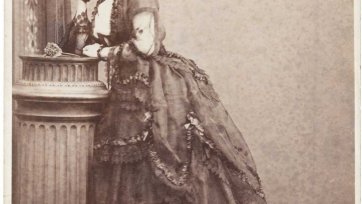
Collection: National Portrait Gallery
Purchased with funds provided by Graham Smith 2009
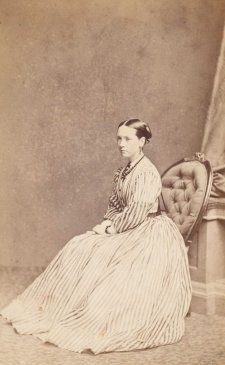

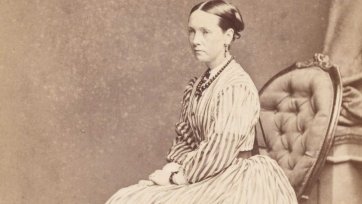
Collection: National Portrait Gallery
Gift of Malcolm Robertson in memory of William Thomas Robertson 2018
Donated through the Australian Government's Cultural Gifts Program
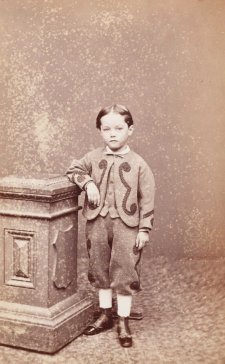

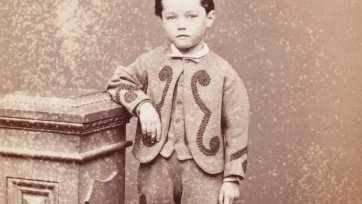
Collection: National Portrait Gallery
Gift of Malcolm Robertson in memory of William Thomas Robertson 2018
Donated through the Australian Government's Cultural Gifts Program
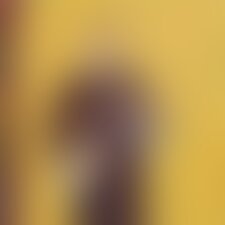
Frà Professor Richard Divall AO OBE (1945–2017), conductor, composer and scholar, grew up in Manly and was educated at Manly Boys’ High School.
1 portrait in the collection

The long life and few words of a vice-regal cockatoo
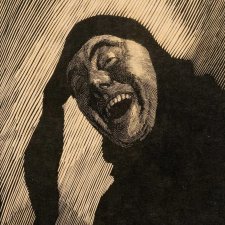
Michelle Fracaro describes Lionel Lindsay's woodcut The Jester (self-portrait).


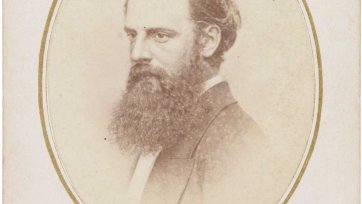
Collection: National Portrait Gallery
Purchased with funds provided by Graham Smith 2009
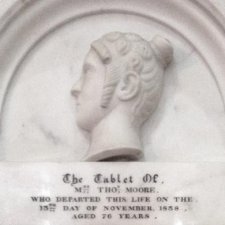
Beyond the centenary of the ANZAC landings at Gallipoli, a number of other notable anniversaries converge this year. Waterloo deserves a little focussed consideration, for in the decades following 1815 numerous Waterloo and Peninsular War veterans came to Australia.
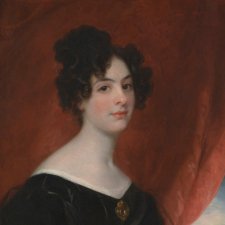
When did notions of very fine and very like become separate qualities of a portrait? And what happens to 'very like' in the age of photographic portraiture?
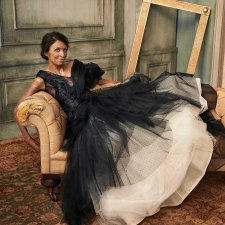
In 2021 the Annual Appeal was focussed on Peter Brew-Bevan's portraits of athletes Turia Pitt, Leisel Jones OAM and Ellie Cole OAM.
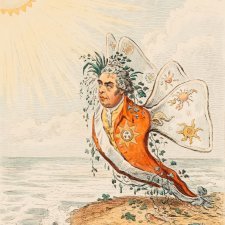
The caricaturist and engraver James Gillray's biting satires about Sir Joseph Banks.
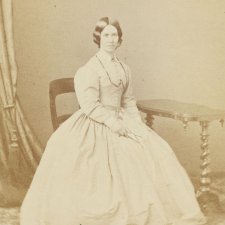
Anna Frances Walker (1830–1913), botanical artist and collector, was one of the thirteen children of Thomas Walker, a high-ranking colonial public servant, and his wife Anna Elizabeth, the daughter of merchant and landowner John Blaxland.
1 portrait in the collection

Talma Studios opened in Sydney in March 1899 in a George Street premises next door to the GPO.
1 portrait in the collection
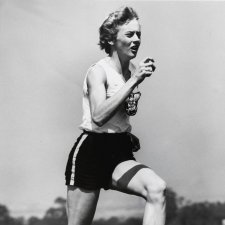
Former NPG Deputy Director, Simon Elliott talks with Ern McQuillan about his life and career as a sports photographer.
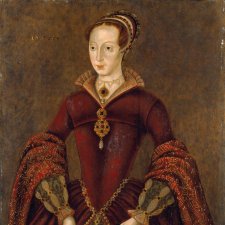
Traversing paint and pixels, Inga Walton examines portraits of select women in Tudors to Windsors: British Royal Portraits.

Jo Gilmour uncovers endearing authenticity in the art of a twice-transported Tasmanian.
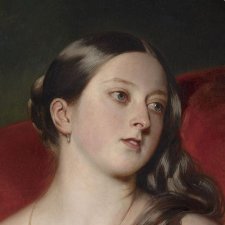
Last Sunday I had the privilege of appearing at the Canberra Writers’ Festival in conversation with Julia Baird. The subject of our session was Julia’s recent biography, Victoria the Queen: An Intimate Biography of the Woman who Ruled an Empire.

The death of a gentlewoman is shrouded in mystery, a well-liked governor finds love after sorrow, and two upright men become entangled in the historical record.

Sarah Engledow on a foundational gallery figure who was quick on the draw.

The life and achievements of Sir Edward Holden, who is represented in the portrait collection by a bust created by Leslie Bowles.
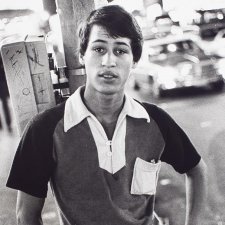
Christopher Chapman immerses himself in Larry Clark’s field of vision.
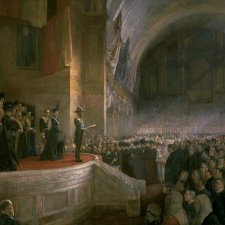
Celebrates the centenary of the first national art collection, the Historic Memorials Collection, housed at Australia's Parliament House.
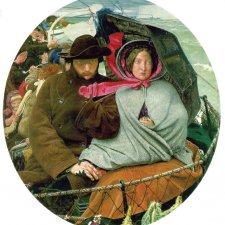
In 2006 the National Portrait Gallery acquired a splendid portrait of Victoria's first governor, Lieutenant Governor Charles Joseph La Trobe by Thomas Woolner.
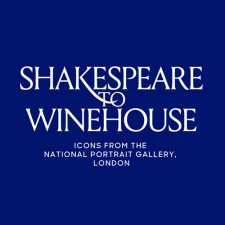
More than eighty treasures from the National Portrait Gallery London will travel to Canberra for a once-in-a-lifetime exhibition at the National Portrait Gallery from March 2022.
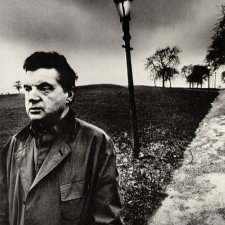
Mark Haworth-Booth explains why Bill Brandt is one of the most important British photographers of the Twentieth Century.

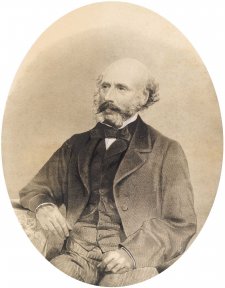

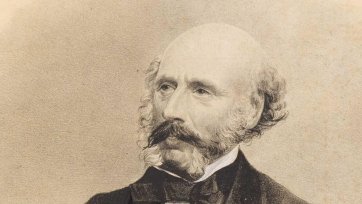
Collection: National Portrait Gallery
Purchased 2018
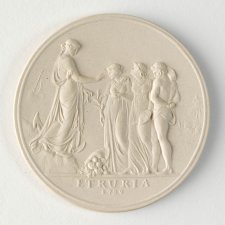
In recent years I have become fascinated by the so-called Sydney Cove Medallion (1789), a work of art that bridges the 10,000-mile gap between the newly established penal settlement at Port Jackson and the beating heart of Enlightenment England.
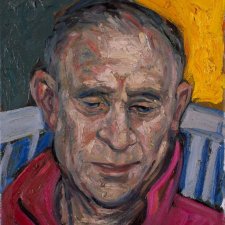
The exhibition Portraits for Posterity celebrates gifts to the Gallery, of purchases made with donated funds, and testifies to the generosity and community spirit of Australians.

The portrait of Janet and Horace Keats with the spirit of the poet Christopher Brennan is brought to life by artist Dora Toovey.
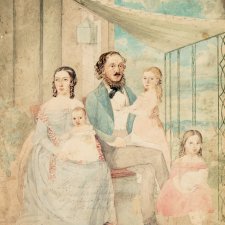
The art of Australia’s colonial women painters affords us an invaluable, alternative perspective on the nascent nation-building project.
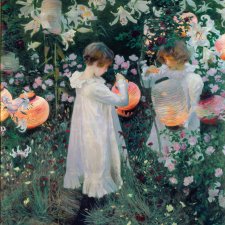
John Singer Sargent: a painter at the vanguard of contemporary movements in music, literature and theatre.

Celebrating a new painted portrait of Joseph Banks, Sarah Engledow spins a yarn of the naturalist, the first kangaroo in France and Don, a Spanish ram.

English artist Benjamin Duterrau took up the cause of the Indigenous peoples of Tasmania with his detailed and sympathetic renderings.

In their own words lead researcher Louise Maher on the novel project that lets the Gallery’s portraits speak for themselves.
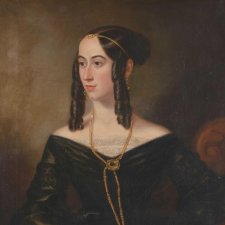
Emma Kindred examines fashion as a representation of self and social ritual in 19th-century portraiture.
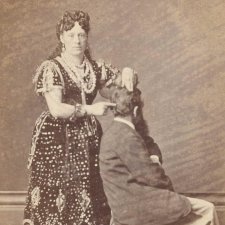
Alexandra Roginski reveals a forceful feminist figure in the colonial period’s slippery science, phrenology.
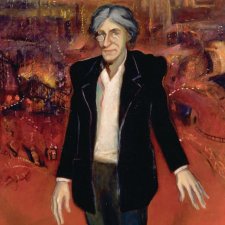
Martin Sharp fulfils the Pop art idiom of merging art and life.
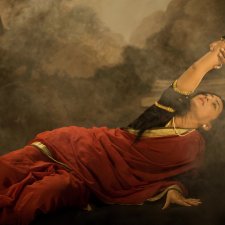
Pushpamala N. was born in 1956 in Bangalore. Her early training was in sculpture, but as her practice progressed she brought an early enthusiasm for narrative figuration into her photographic work.
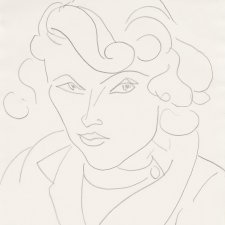
National Gallery of Australia curator Jane Kinsman discusses the portraiture of Henri Matisse.

The story behind two colonial portraits; a lithograph of captain and convict John Knatchbull and newspaper illustration of Robert Lowe, Viscount Sherbrooke.
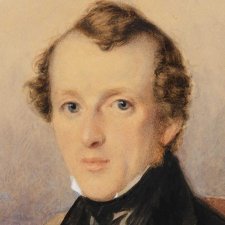
Michael Desmond examines the career of the eighteenth-century suspected poisoner and portrait artist Thomas Griffiths Wainewright.
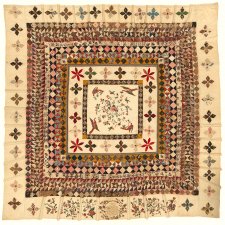
The Rajah Quilt’s narrative promptings are as intriguing as the textile is intricate.
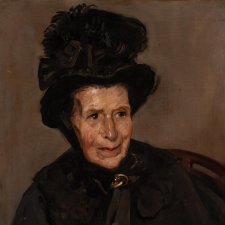
Joanna Gilmour profiles Violet Teague, whose sophisticated works hid her originality and non-conformity in plain sight.
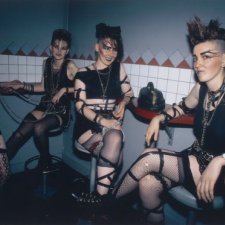
The exhibition Aussies all features the ecclectic portrait photography of Rennie Ellis which captures Australian life during the 70s and 80s.
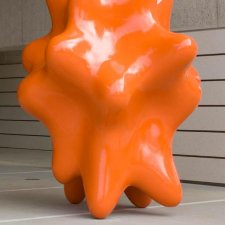
James Angus discusses his major sculpture commission Geo Face Distributor with Christopher Chapman.
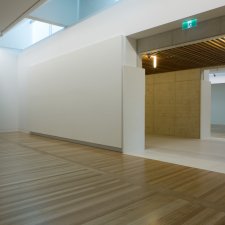
Christopher Chapman highlights the inaugural hang of the new National Portrait Gallery building which opened in December 2008.

At just 7.8 x 6.2 cm, the daguerreotype of Thomas Sutcliffe Mort and his wife Theresa is one of the smallest works in the collection of the National Portrait Gallery.
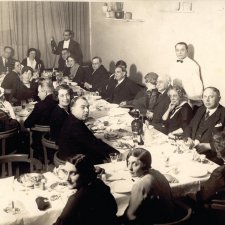
Anne Sanders finds connections in Inner Worlds between Hungarian expatriates and the development of psychoanalysis in Australia.
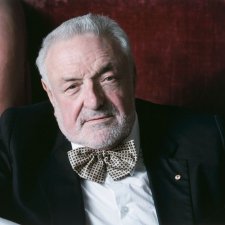
Nathan Faiman delves into the rich life story and legacy of Alan Goldberg.
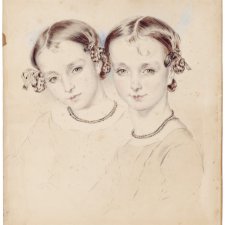
Joanna Gilmour explores the life of a colonial portrait artist, writer and rogue Thomas Griffiths Wainewright.

Family affections are preserved in a fine selection of intimate portraits.
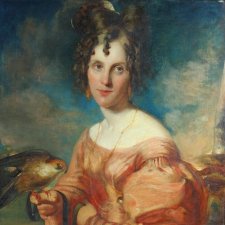
Charting a path from cockatiel to finch, Annette Twyman explores her family portraits and stories.
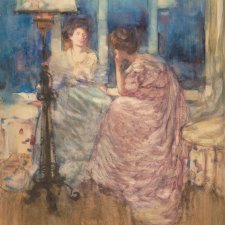
Penelope Grist finds inspiration in pioneering New Zealand artist, Frances Hodgkins.
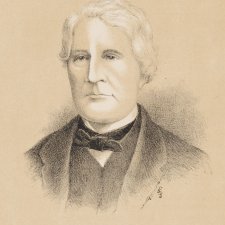
Grace Carroll on the gendered world of the Wentworths.
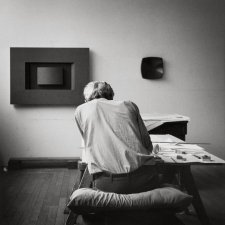
An extract from the 2004 Nuala O'Flaaherty Memorial Lecture at the Queen Victoria Musuem and Art Gallery in Launceston in which Andrew Sayers reflects on the unique qualities of a portrait gallery.
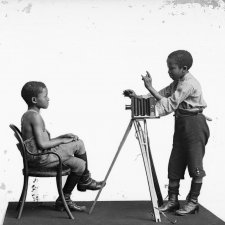
Krysia Kitch reviews black chronicles at the National Portrait Gallery, London.
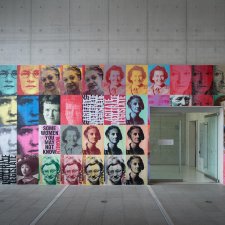
‘Everybody’s lives are built by so many influences, and for me, it is writers, artists and activists who have influenced how I think about the world.’
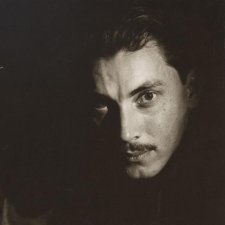
Christopher Chapman takes a trip through the doors of perception, arriving at the junction of surrealism and psychoanalysis.
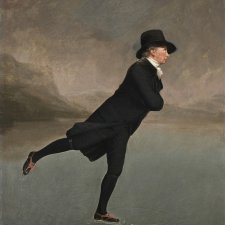
Diana O’Neil samples the tartan treats on offer in the Scottish National Portrait Gallery.

Joanna Gilmour discovers that the beards of the ill-fated explorers Burke and Wills were as epic as their expedition to traverse Australia from south to north.

Sarah Engledow explores the history of the prime ministers and artists featured in the exhibition.
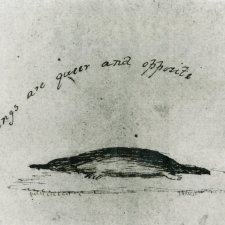
The southern winter has arrived. For people in the northern hemisphere (the majority of humanity) the idea of snow and ice, freezing mist and fog in June, potentially continuing through to August and beyond, encapsulates the topsy-turvidom of our southern continent.
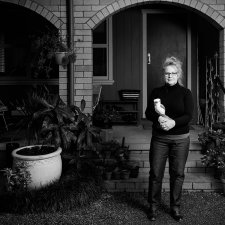
Robyn's parents had two terriers, Wuff and Snuff. In spite of Snuff’s ominous name and a couple of close shaves – once, he jumped out of a moving car, and another time, on a long road trip, he was accidentally left behind at a petrol station – he outlived Wuff.
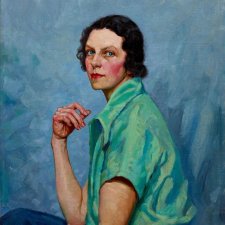
Archie 100 curator (and detective) Natalie Wilson’s nationwide search for Archibald portraits unearthed the fascinating stories behind some long-lost treasures.

Despite once expressing a limited interest in the self portrait, the idea of it has figured strongly in much of Tracey Moffatt's work and has done so in some of her most distinctive and compelling images.

Sir William Dobell painted the portraits of Sir Charles Lloyd Jones and Sir Hudson Fysh, who did much to promote the image of Australia in this country and abroad.

Alexandra Roginski gets a feel for phrenology’s fundamentals.
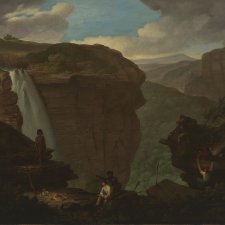
The London-born son of an American painter, Augustus Earle ended up in Australia by accident in January 1825.

Dr Sarah Engledow puts four gifts to the National Portrait Gallery’s Collection in context.

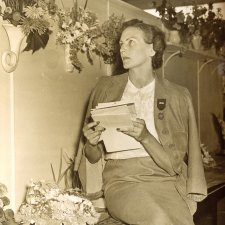
Sarah Engledow lauds the very civil service of Dame Helen Blaxland.

Dr Anne Sanders NPG Curatorial Researcher investigated the lives of the pioneering psychologists whose portraits are featured in Inner Worlds.
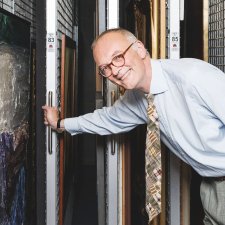
This is my last Trumbology before, in a little more than a week from now, I pass to my successor Karen Quinlan the precious baton of the Directorship of the National Portrait Gallery.